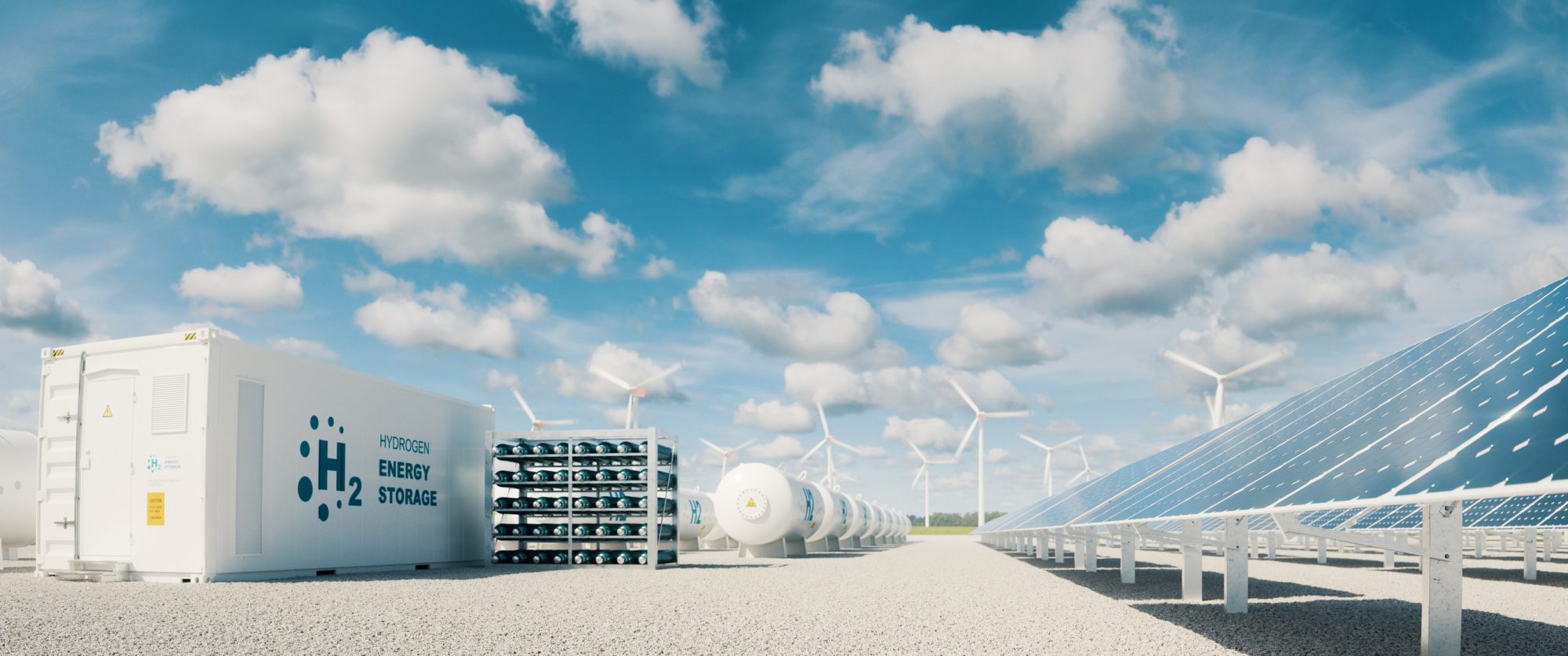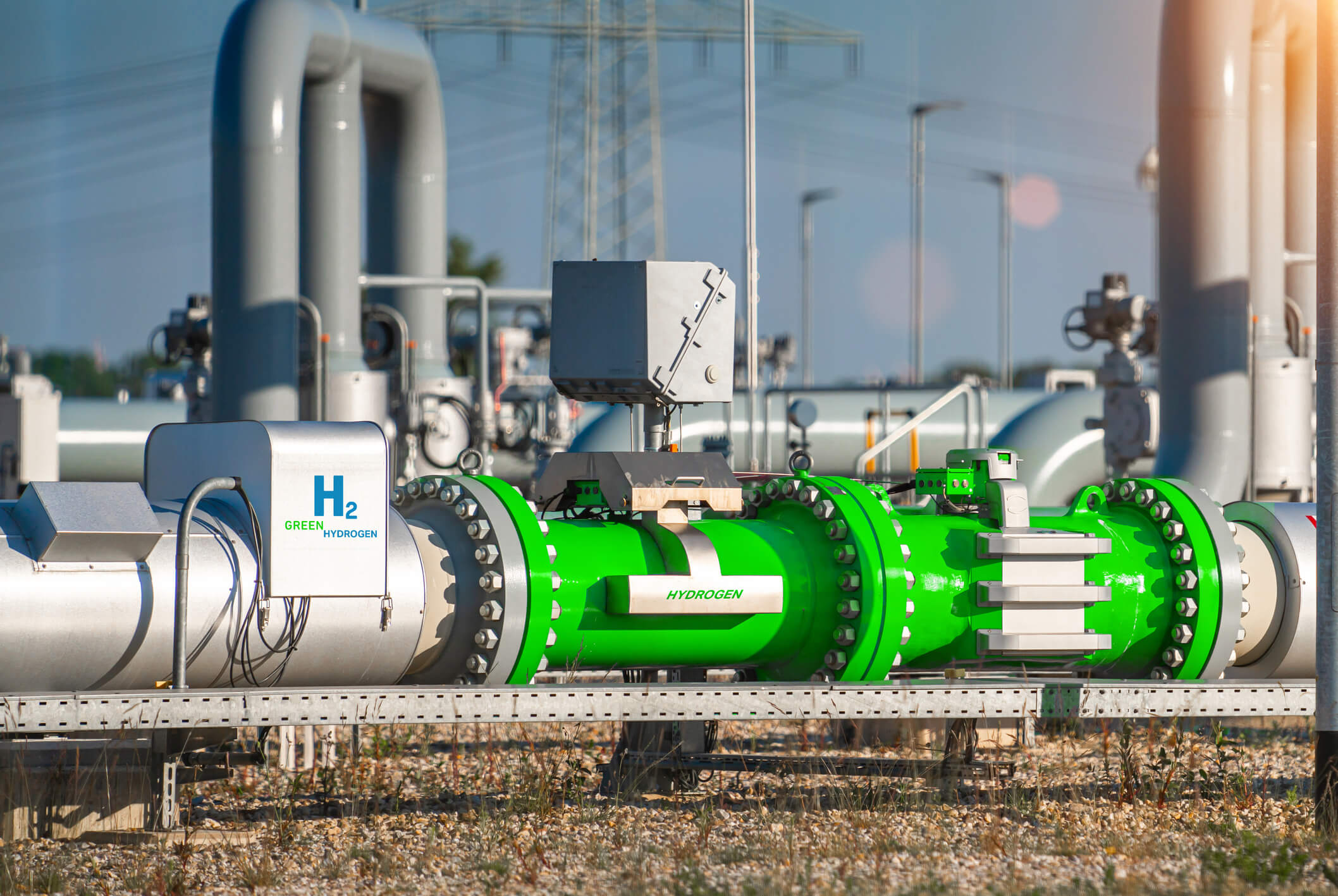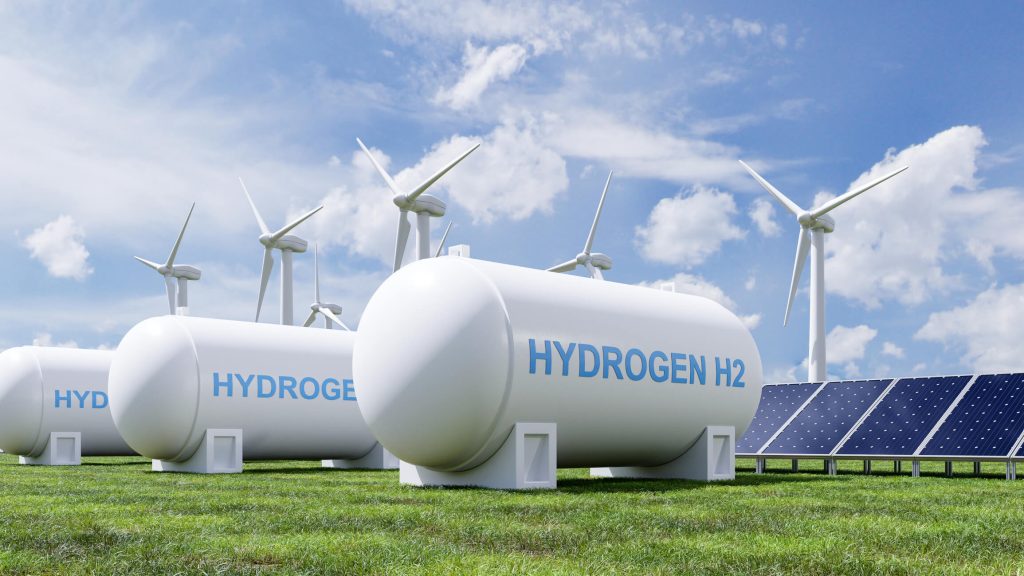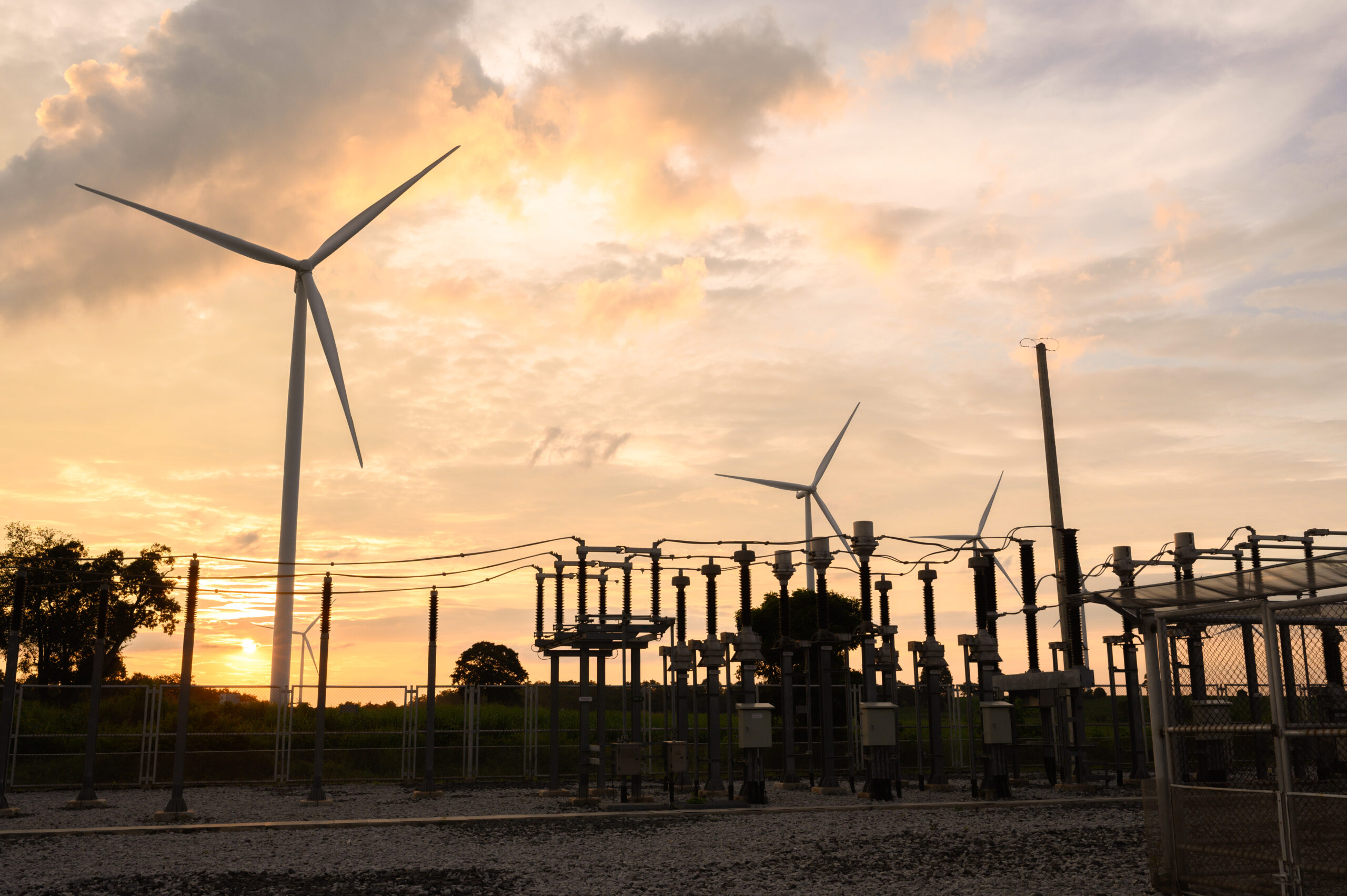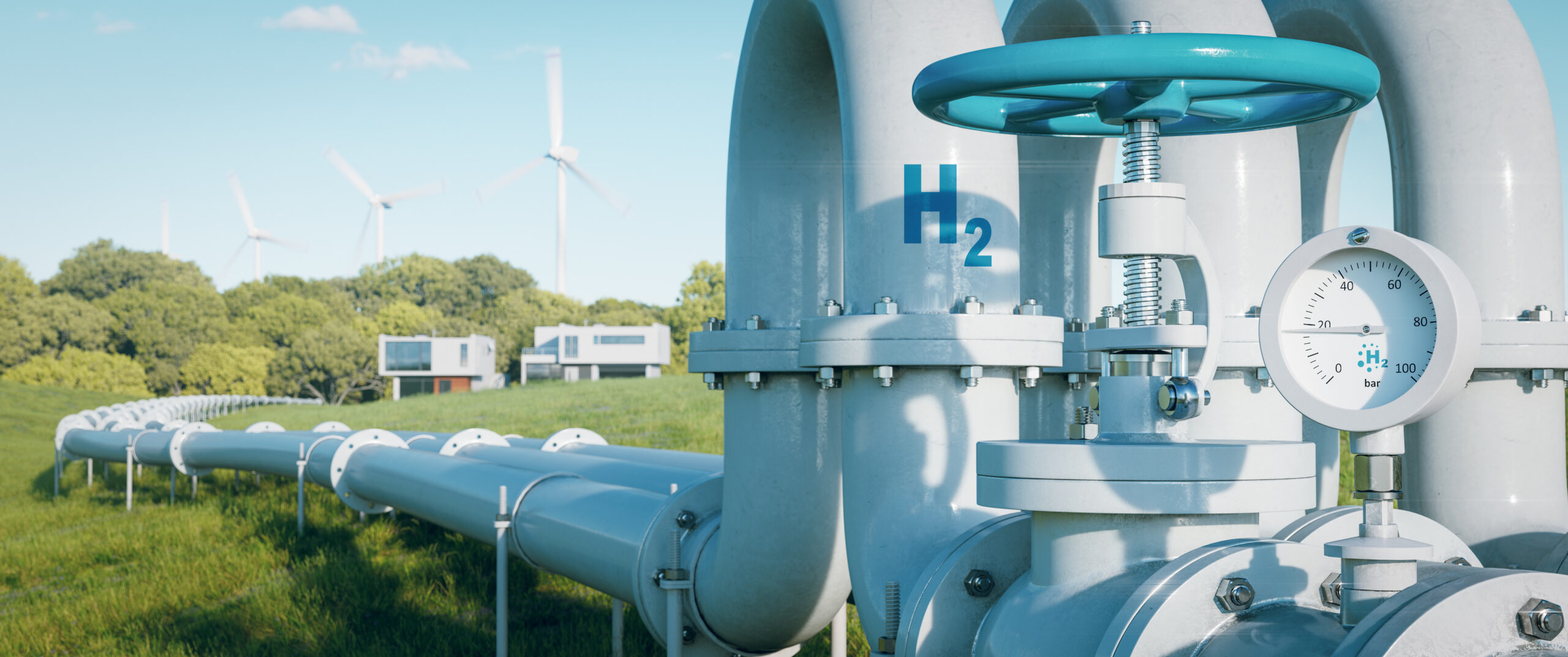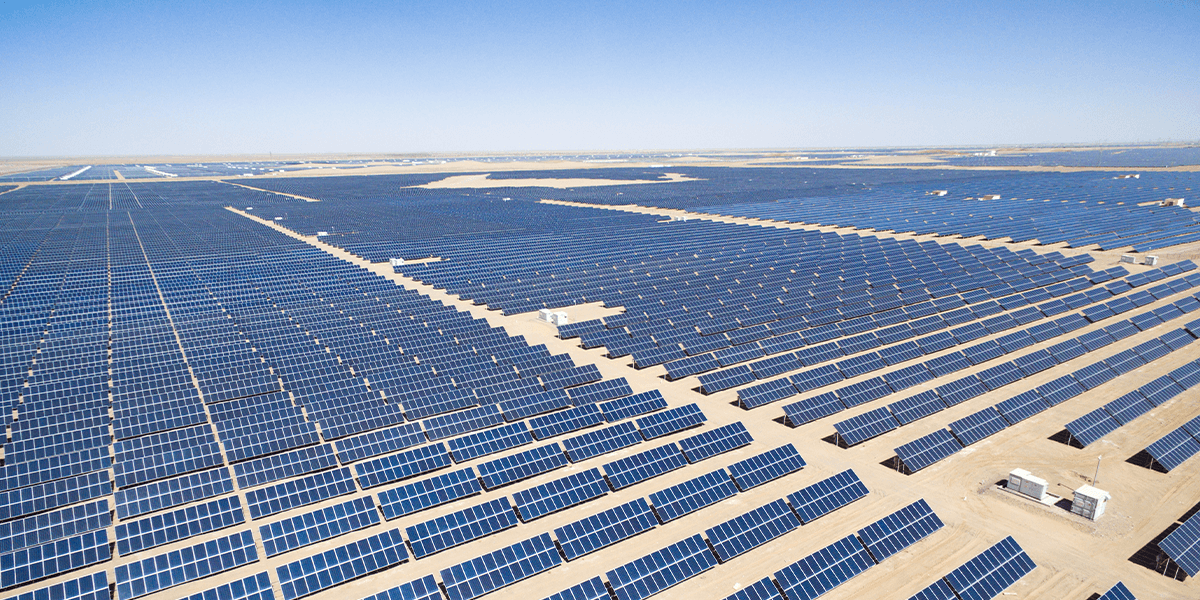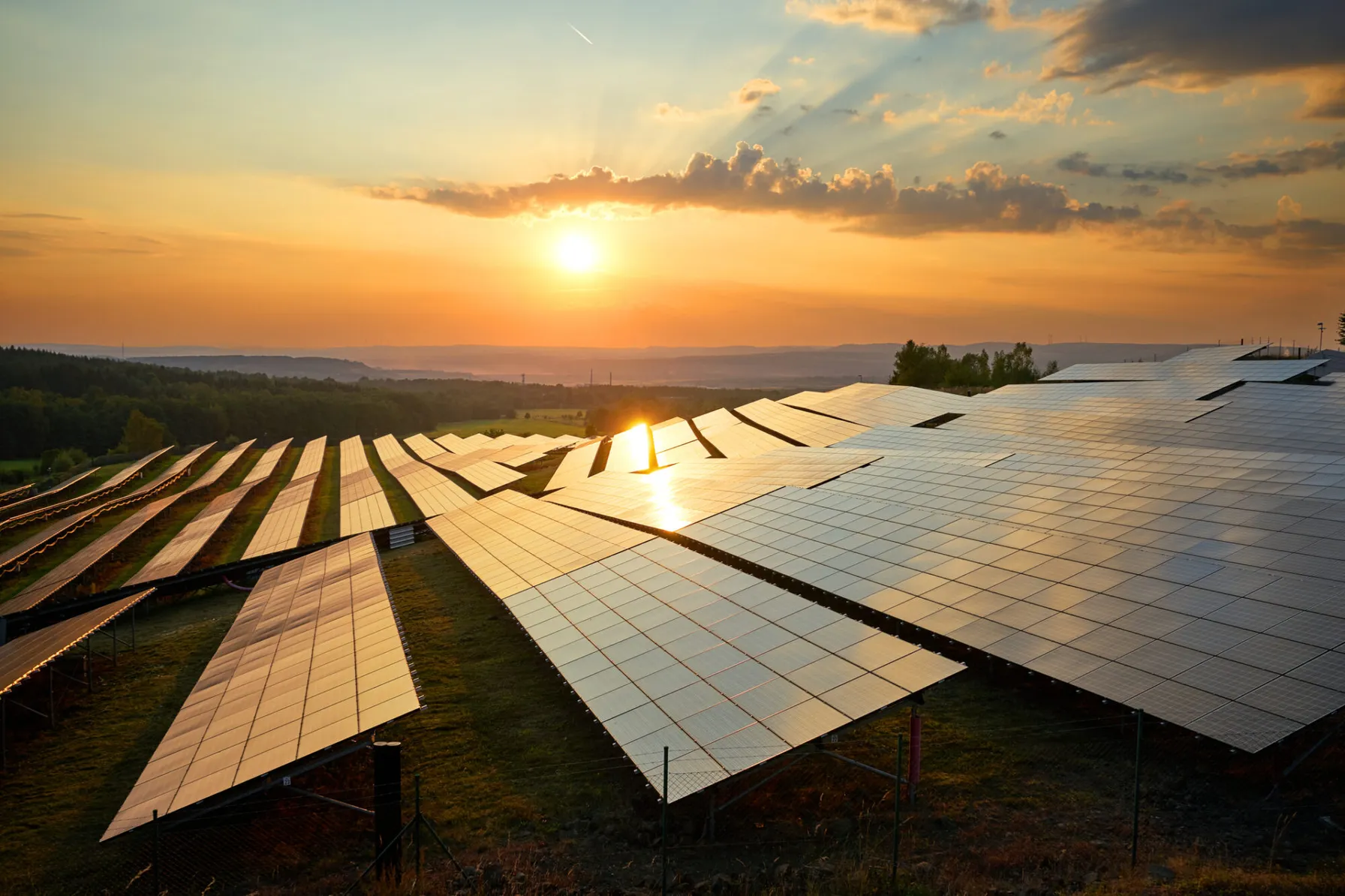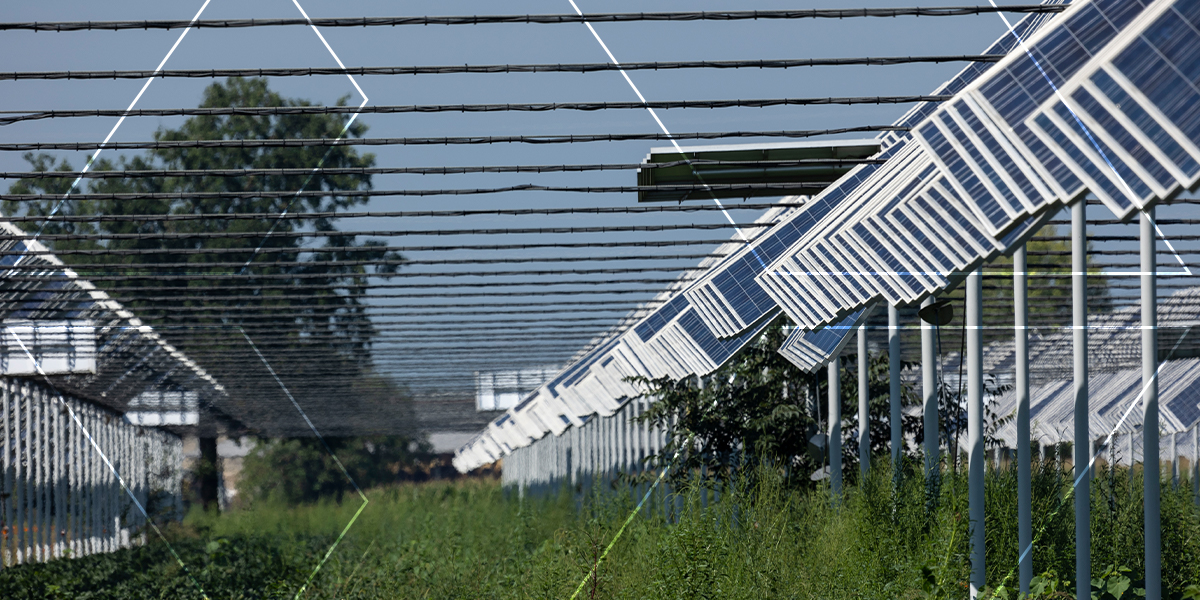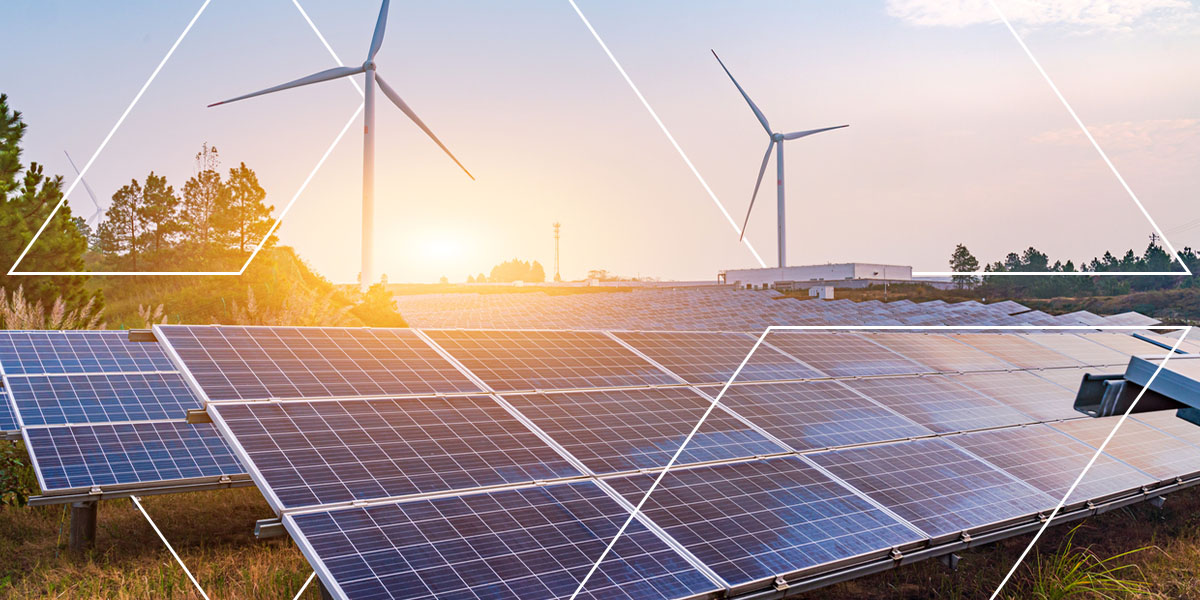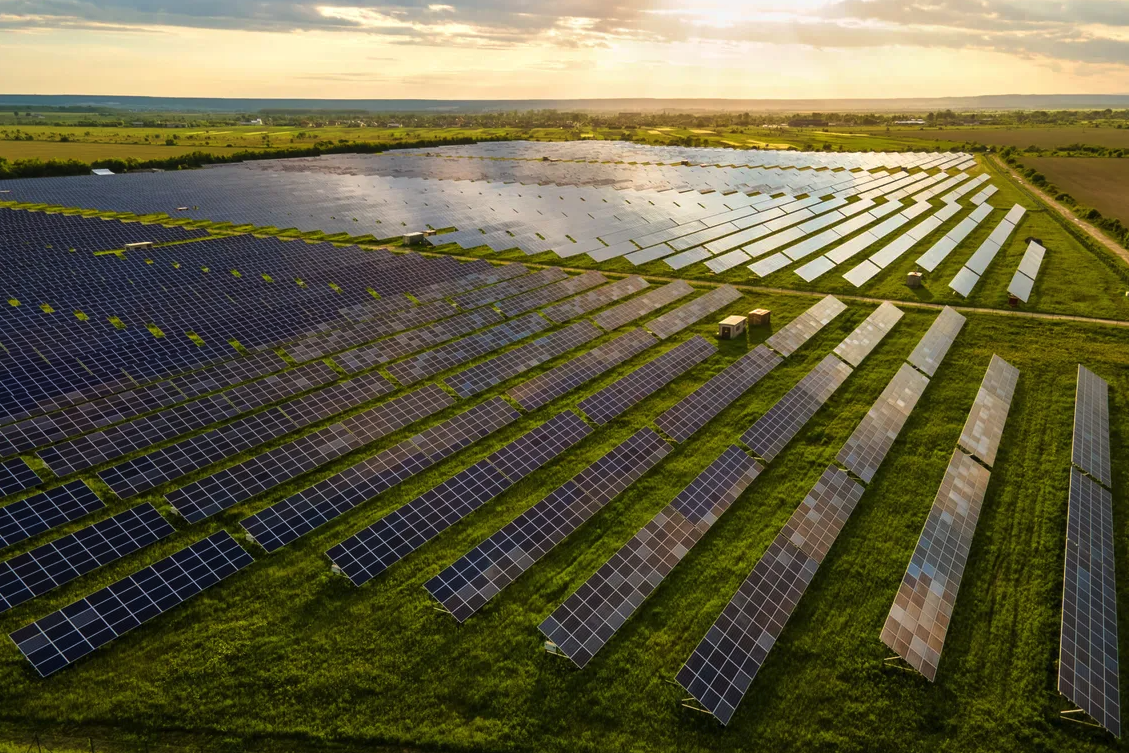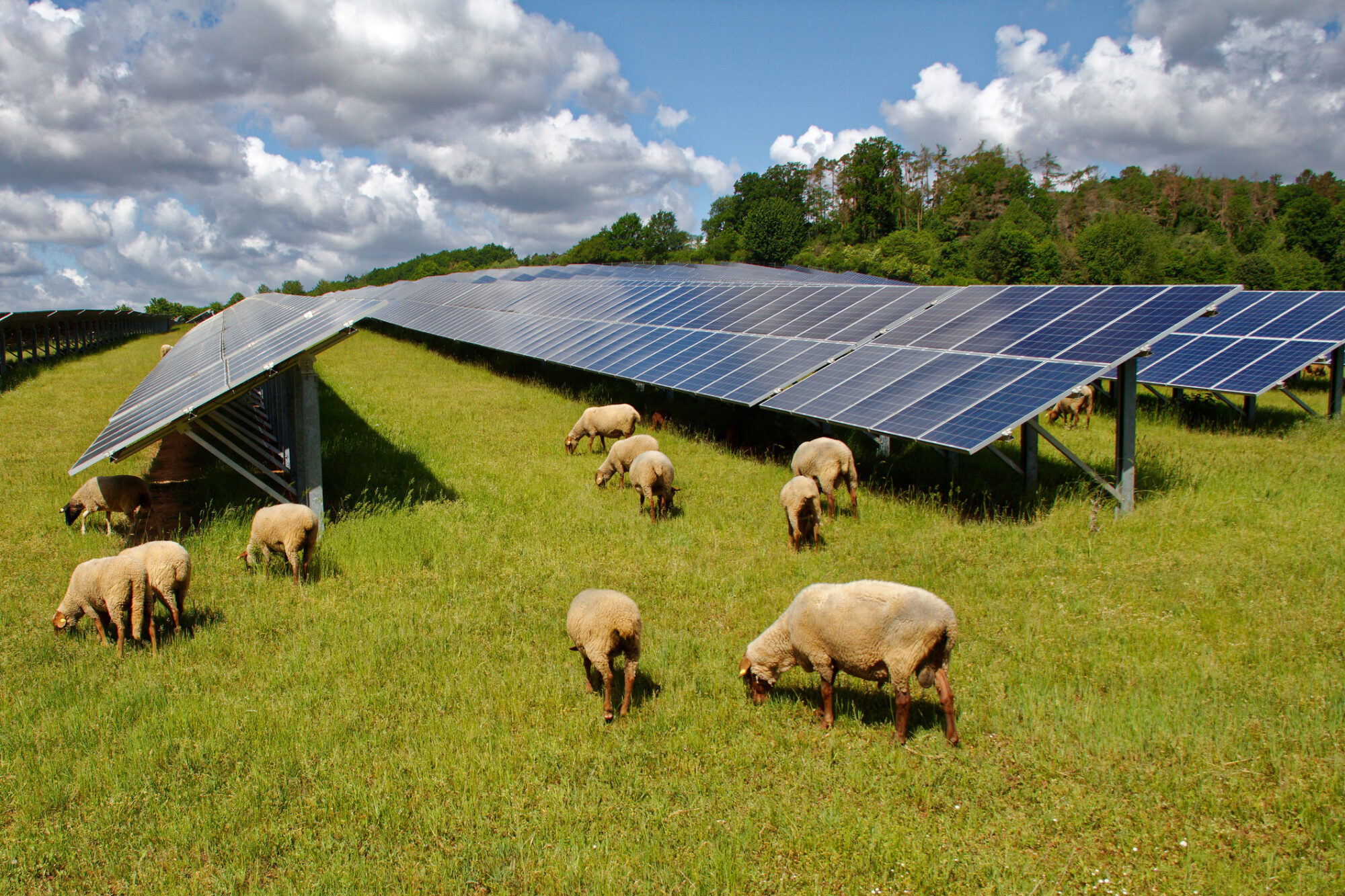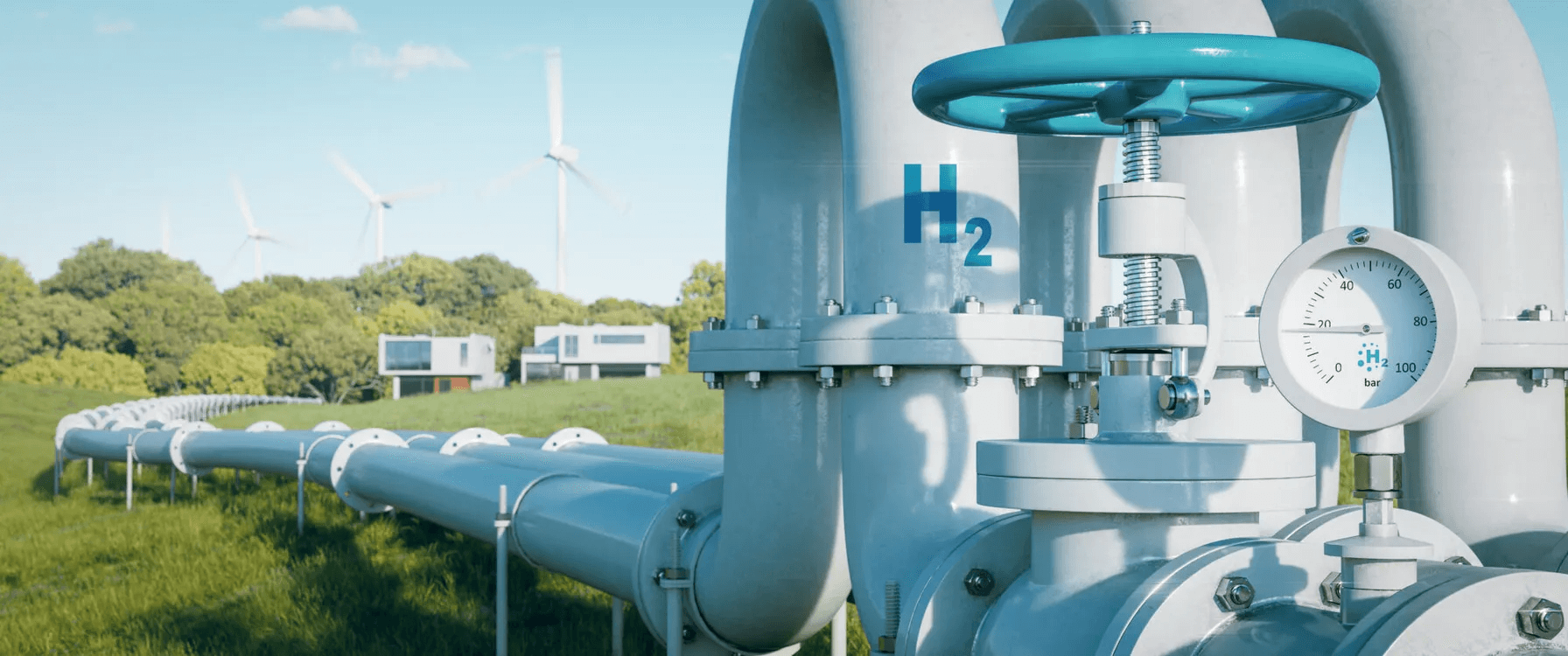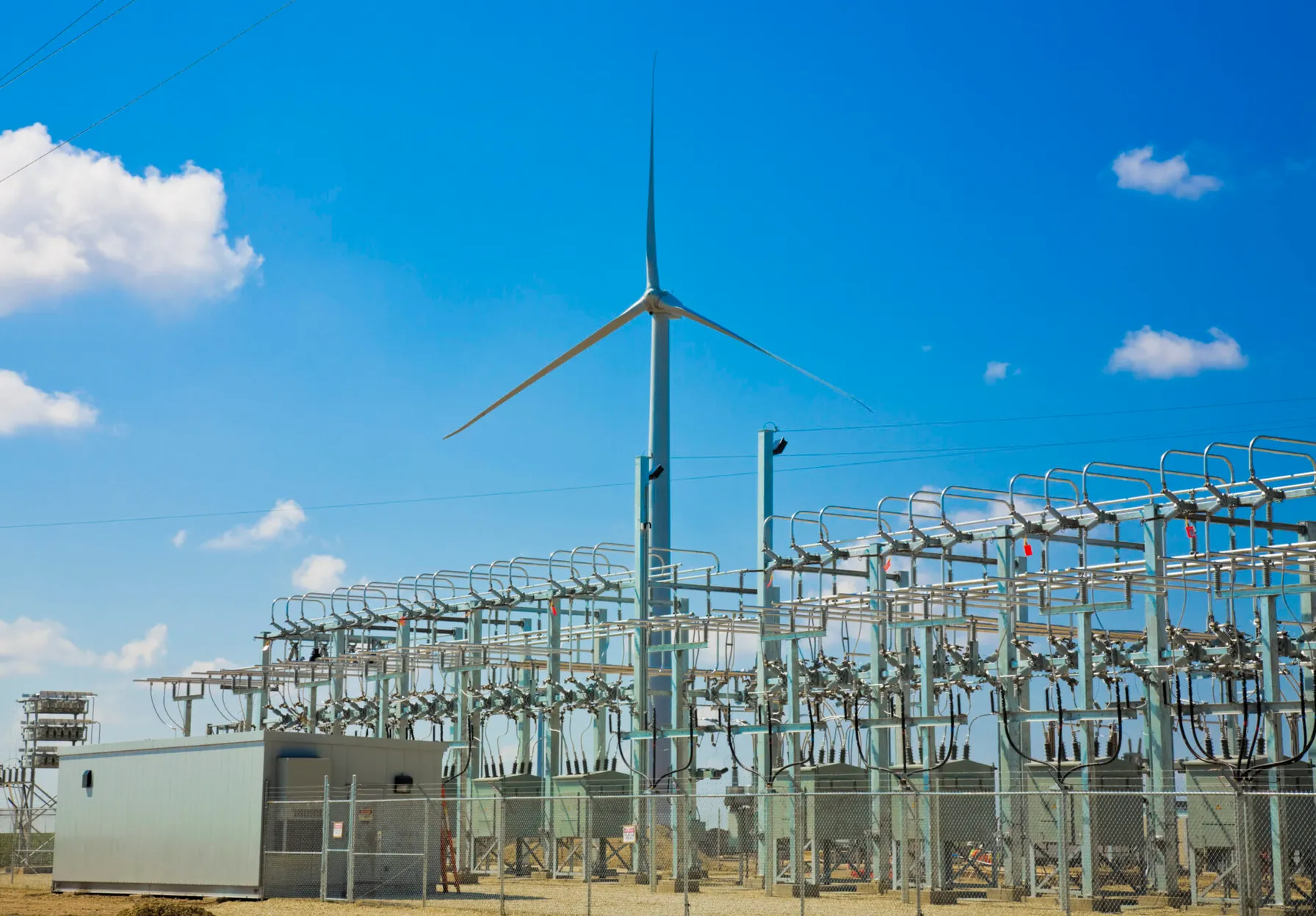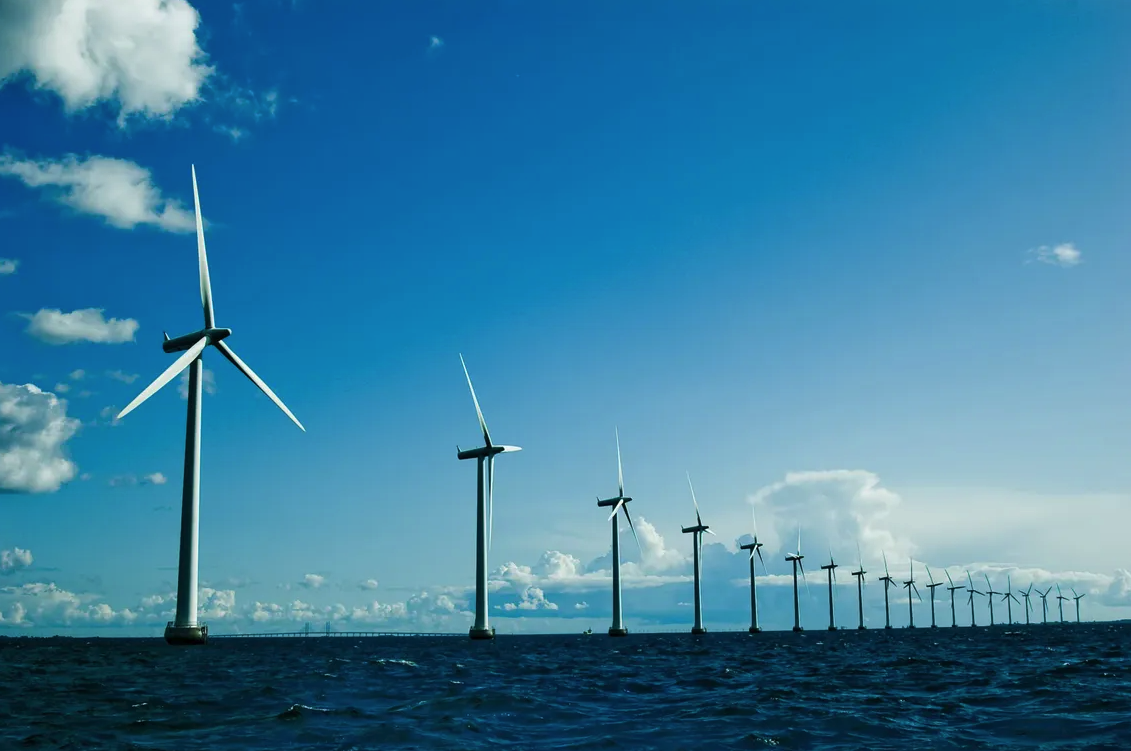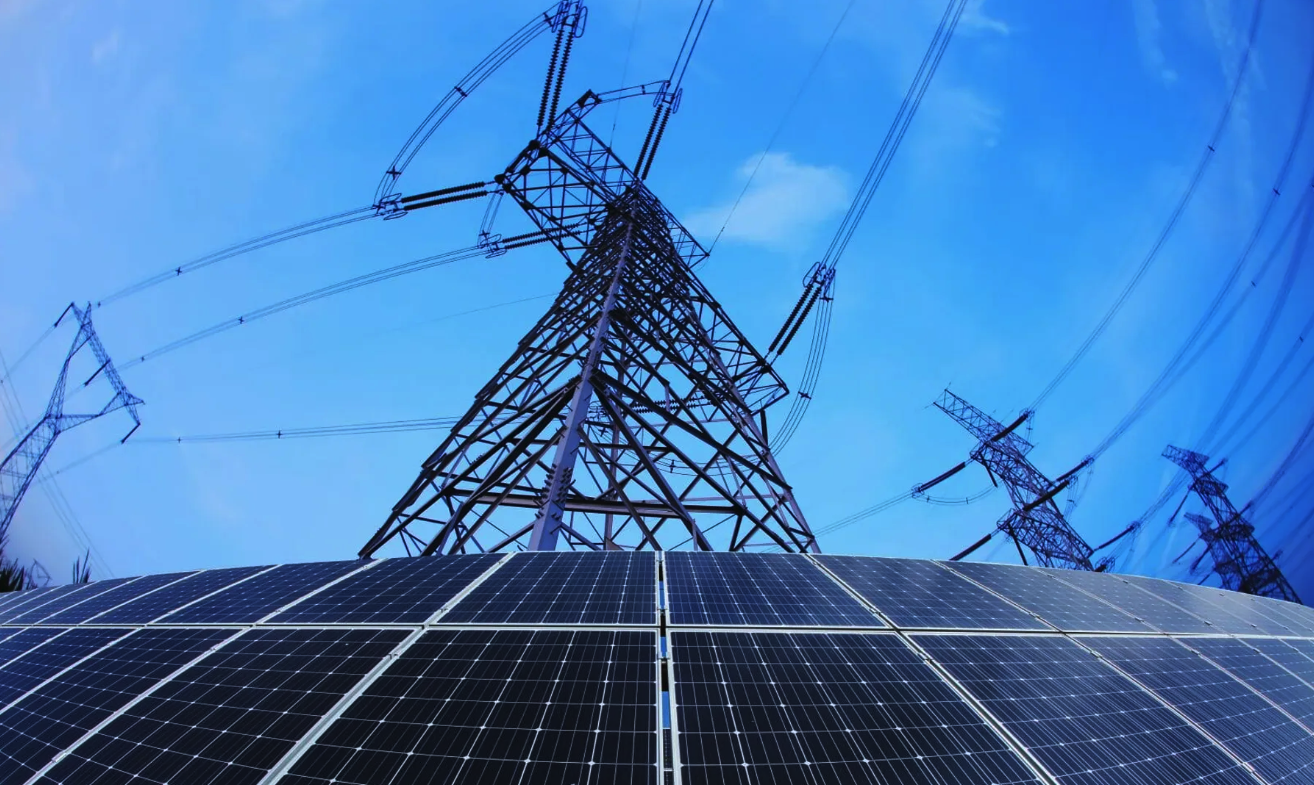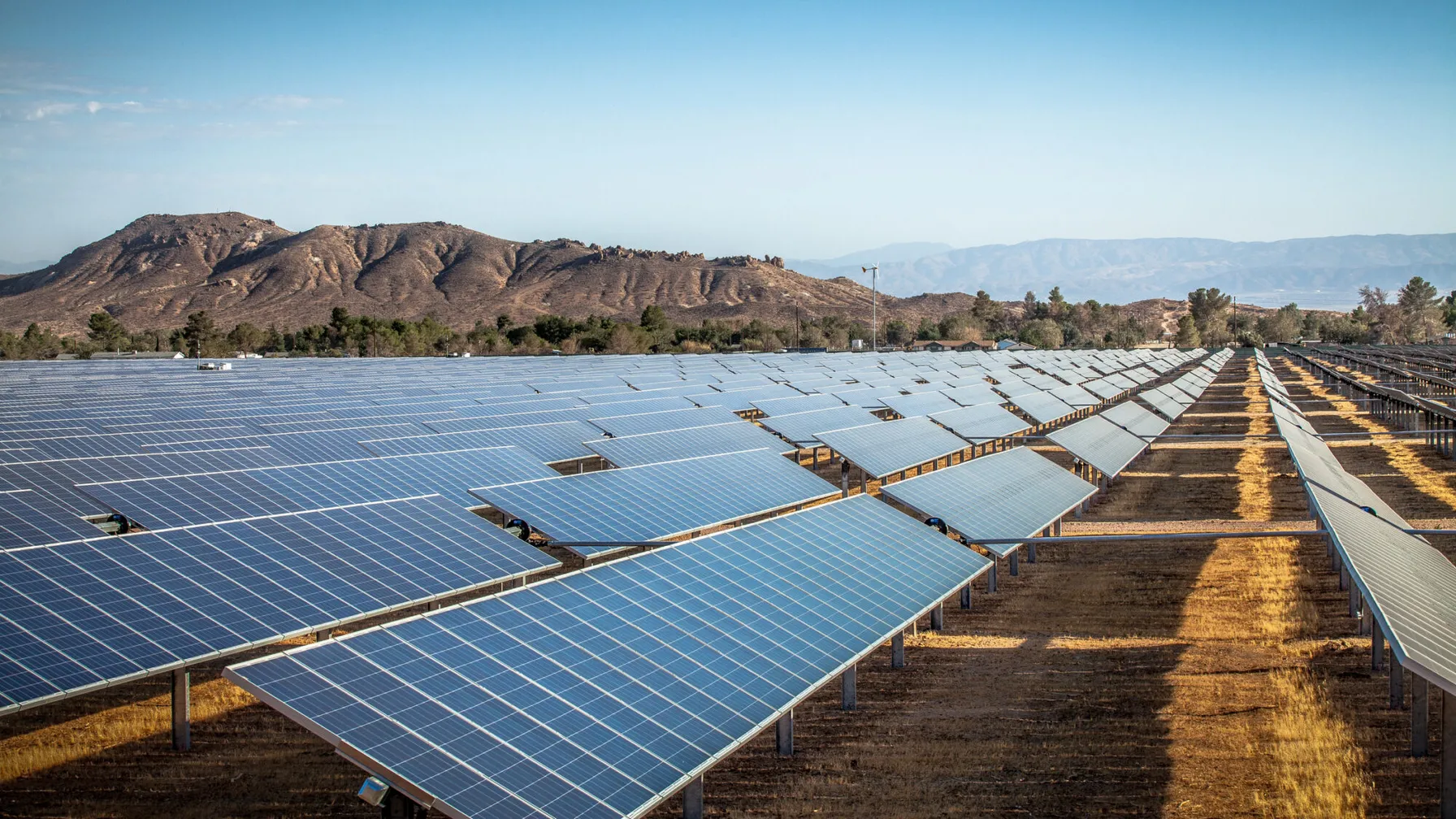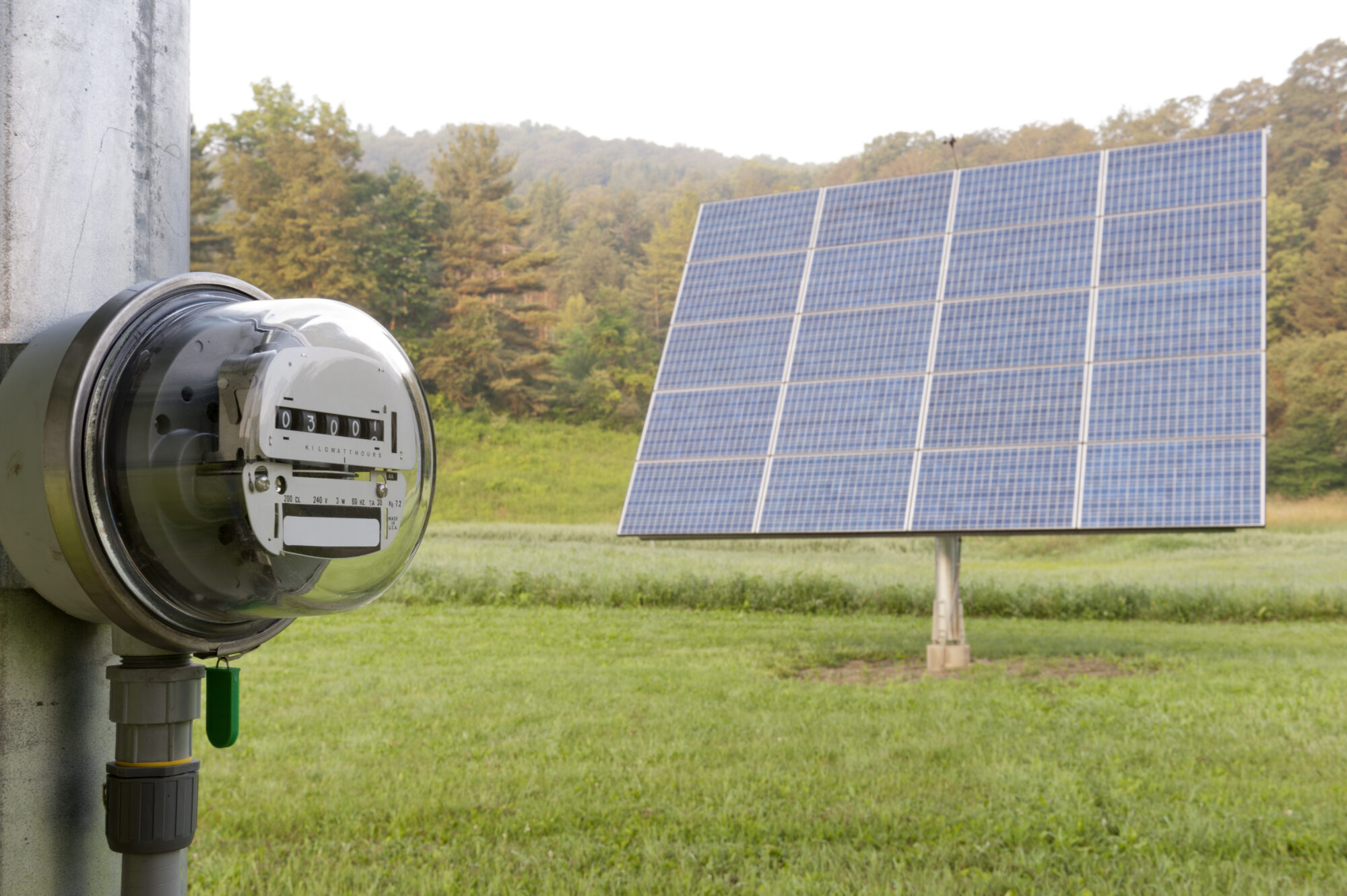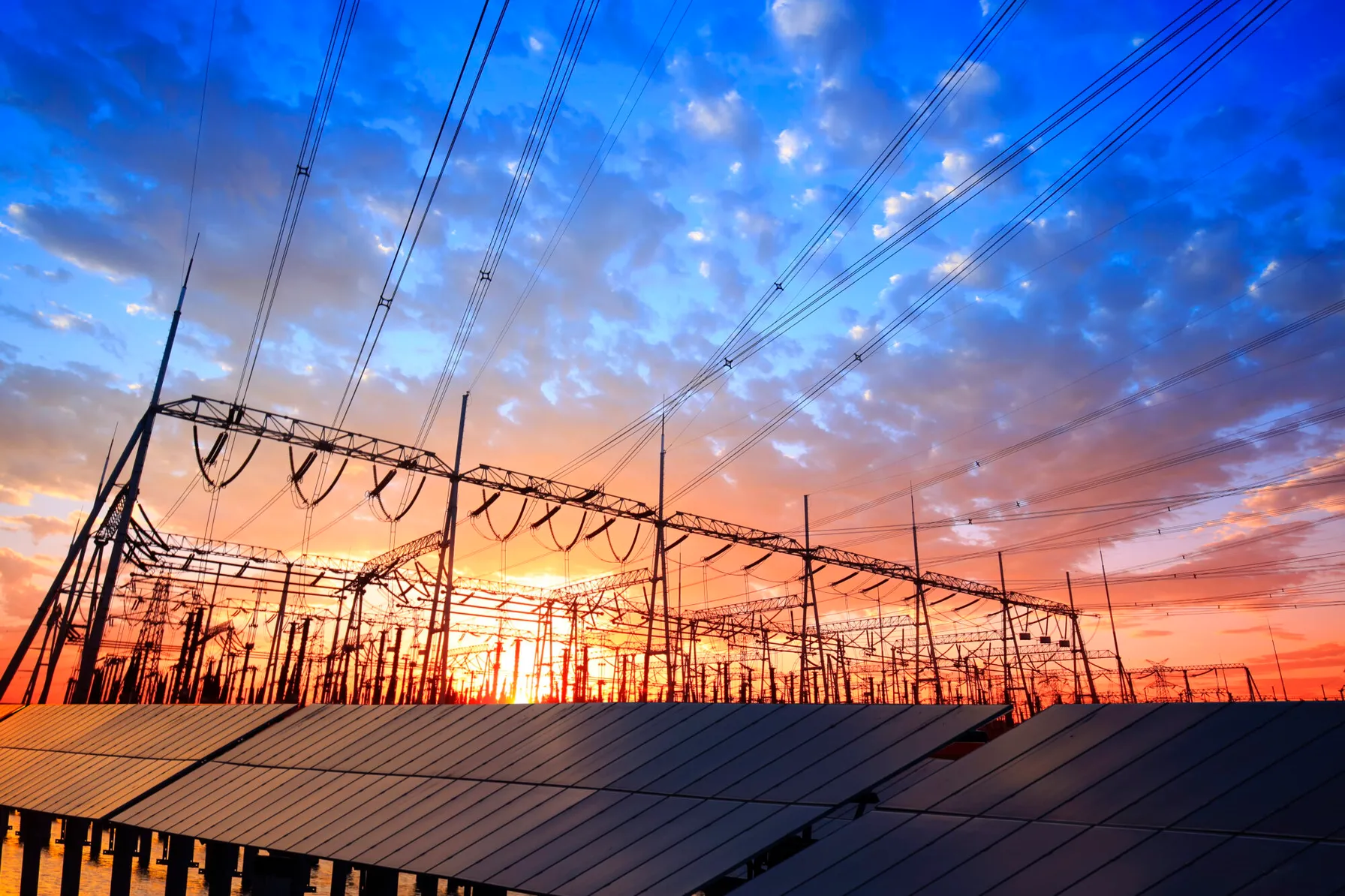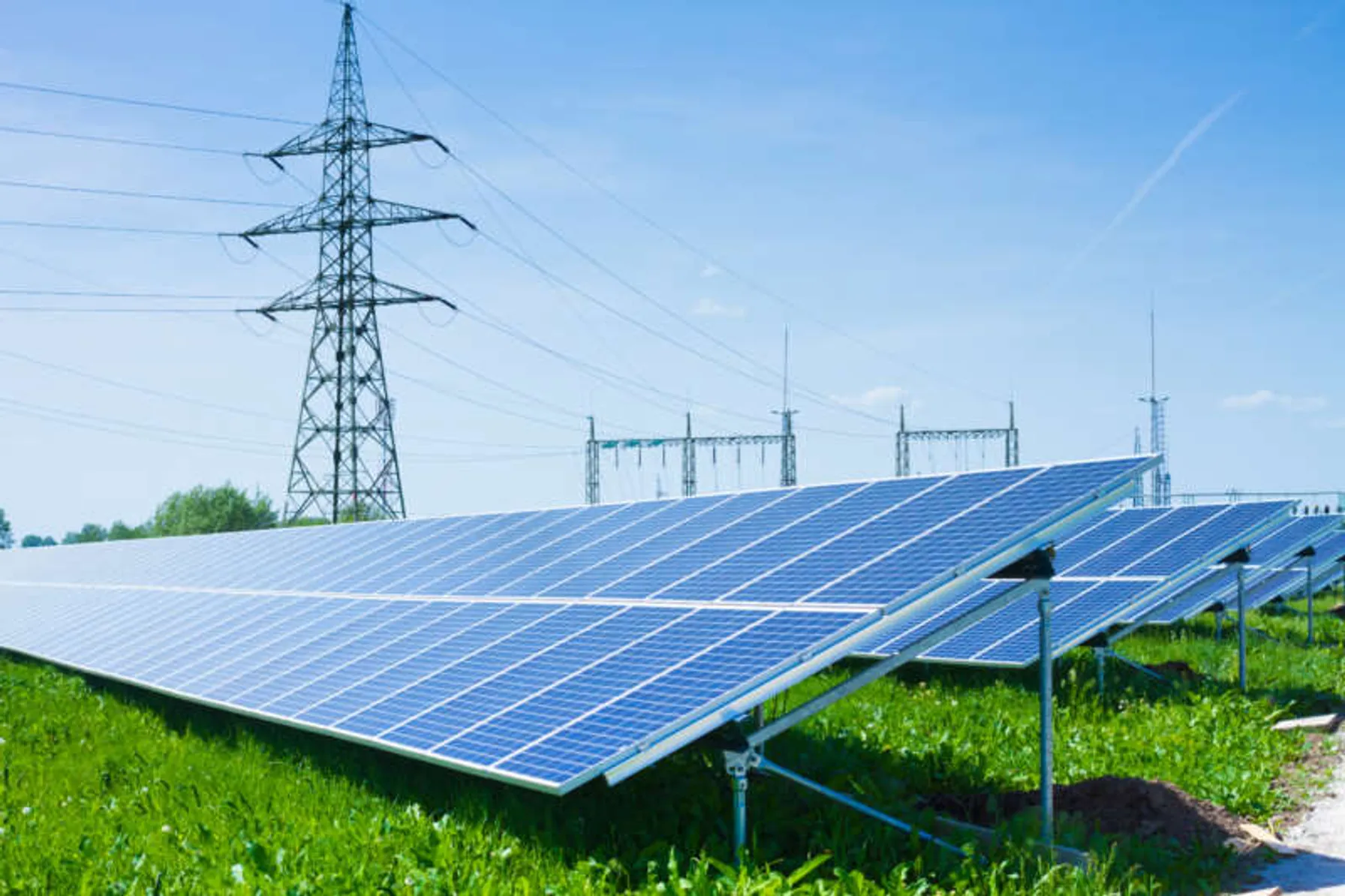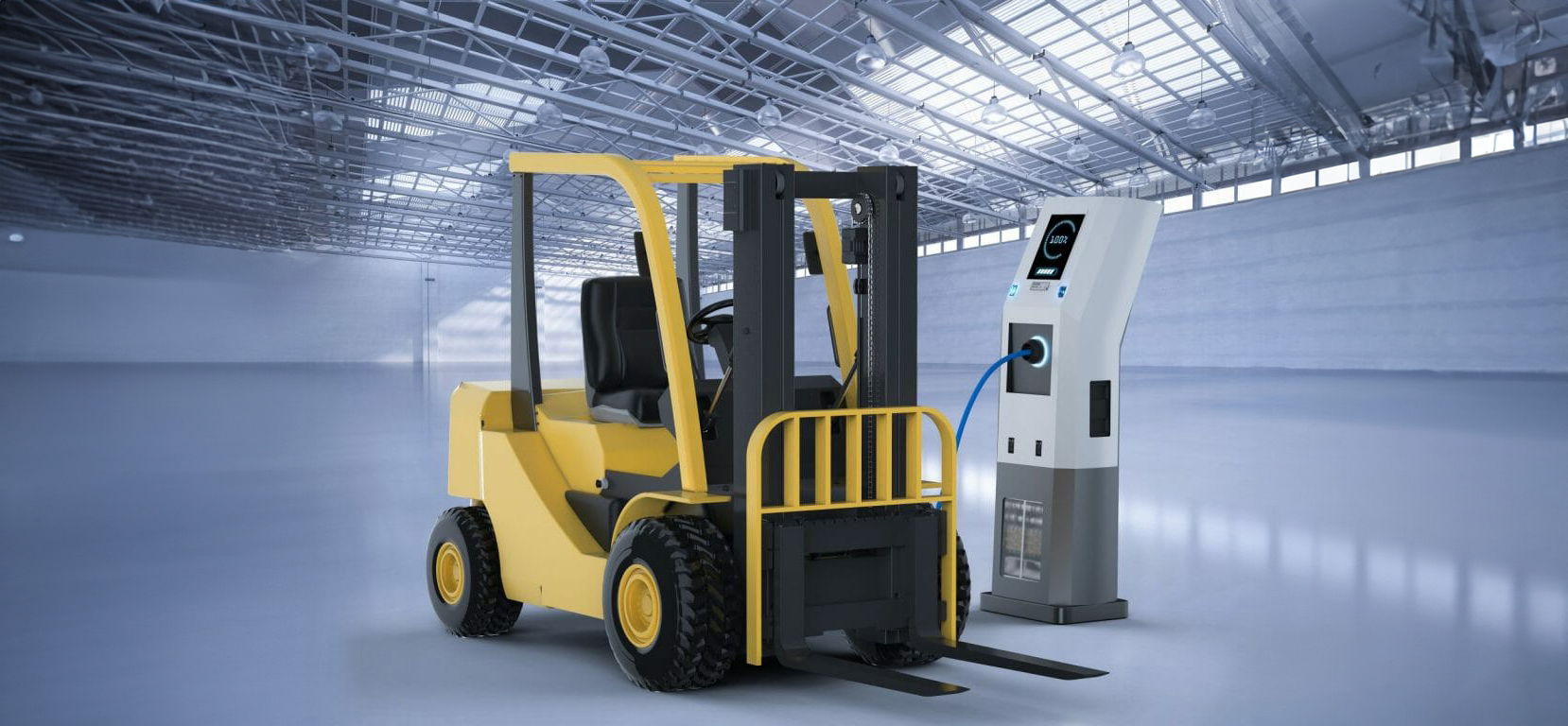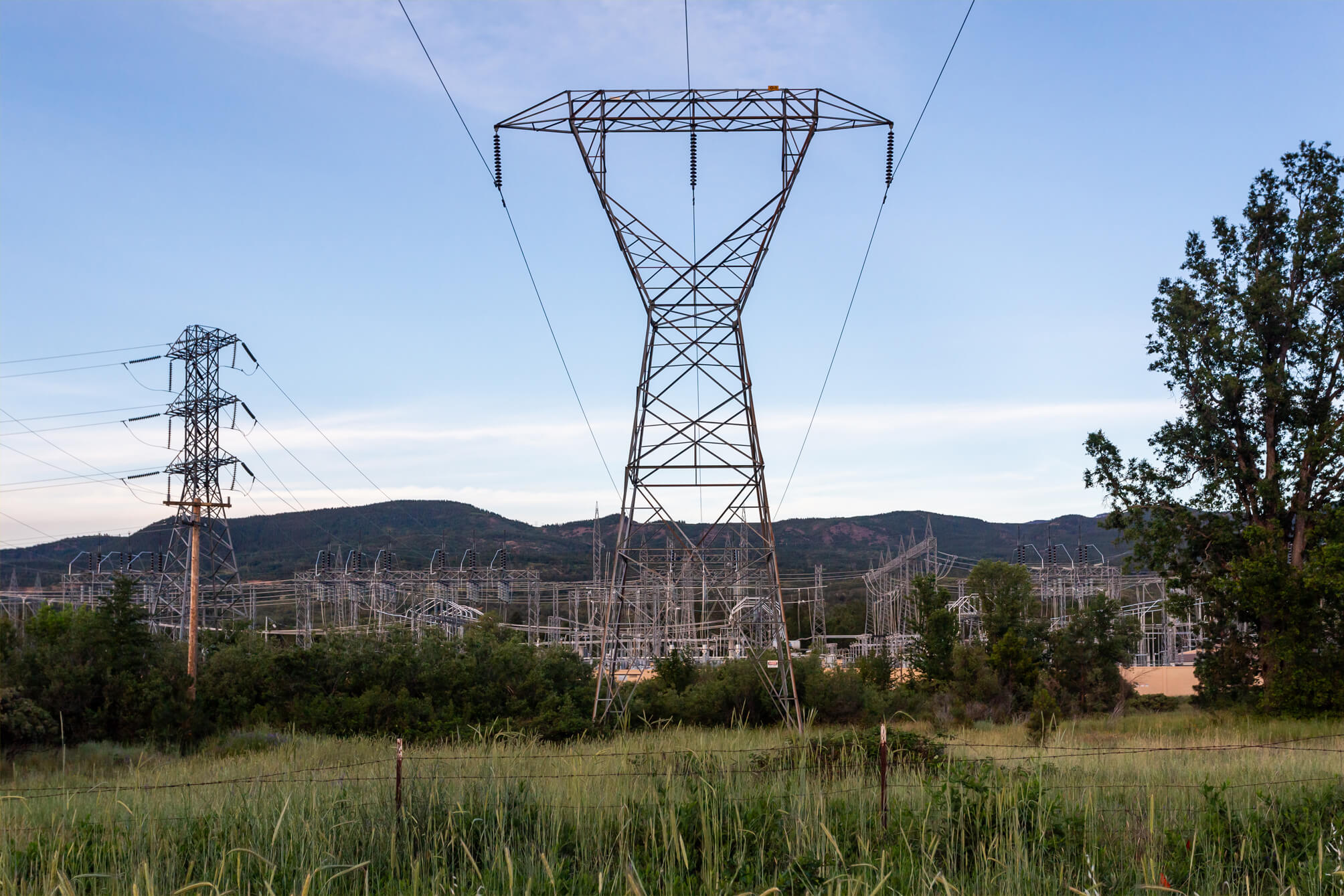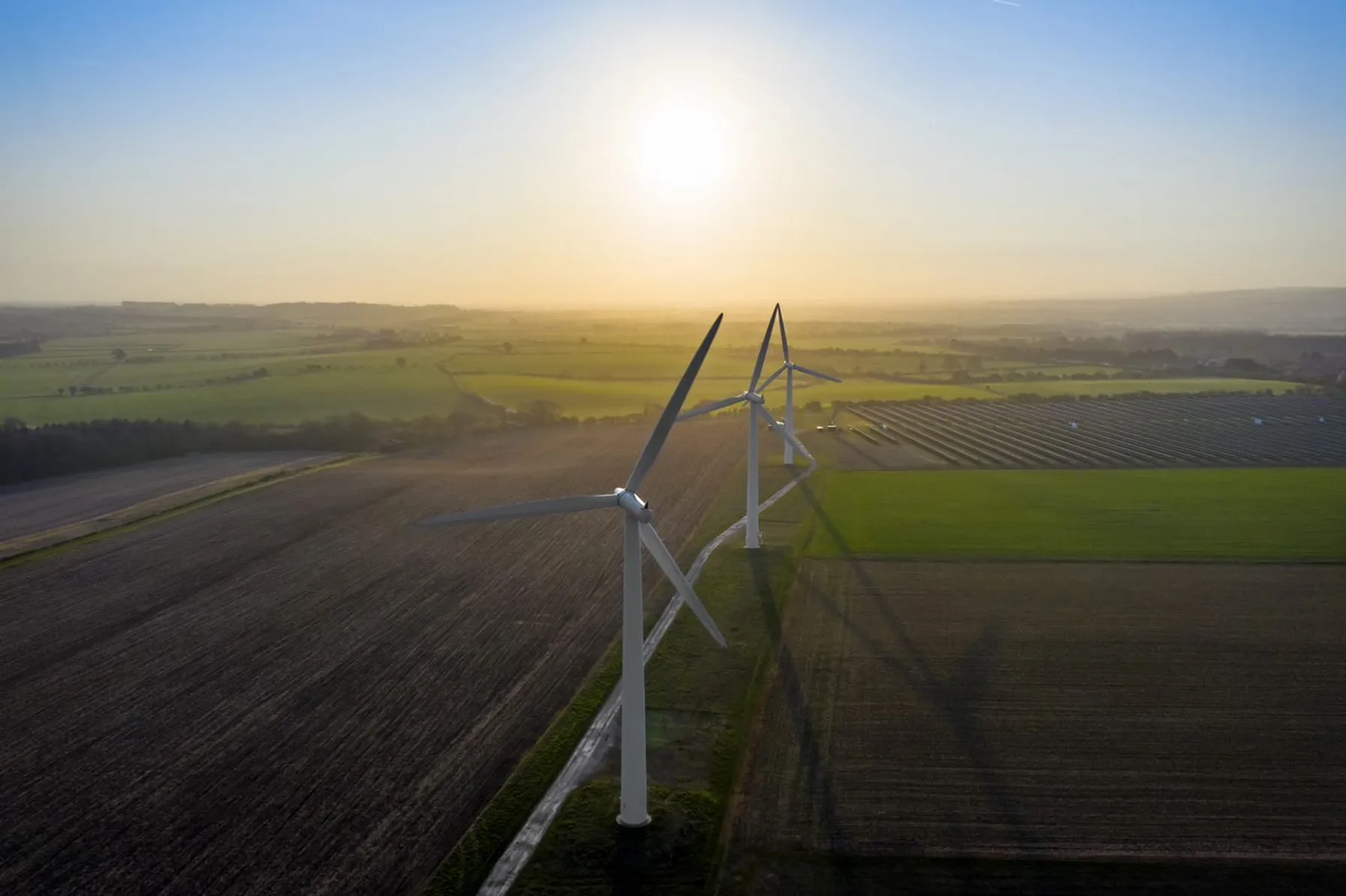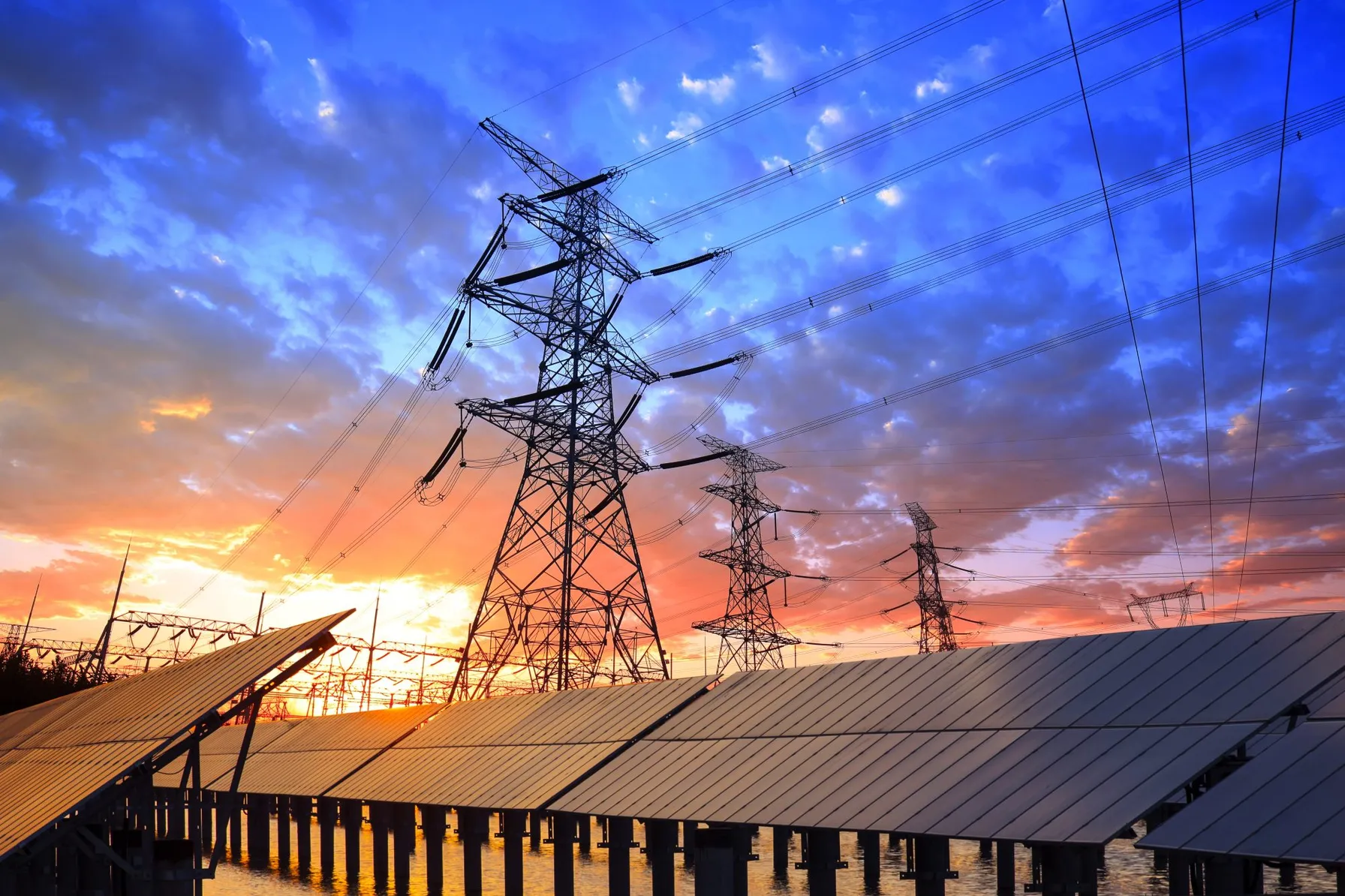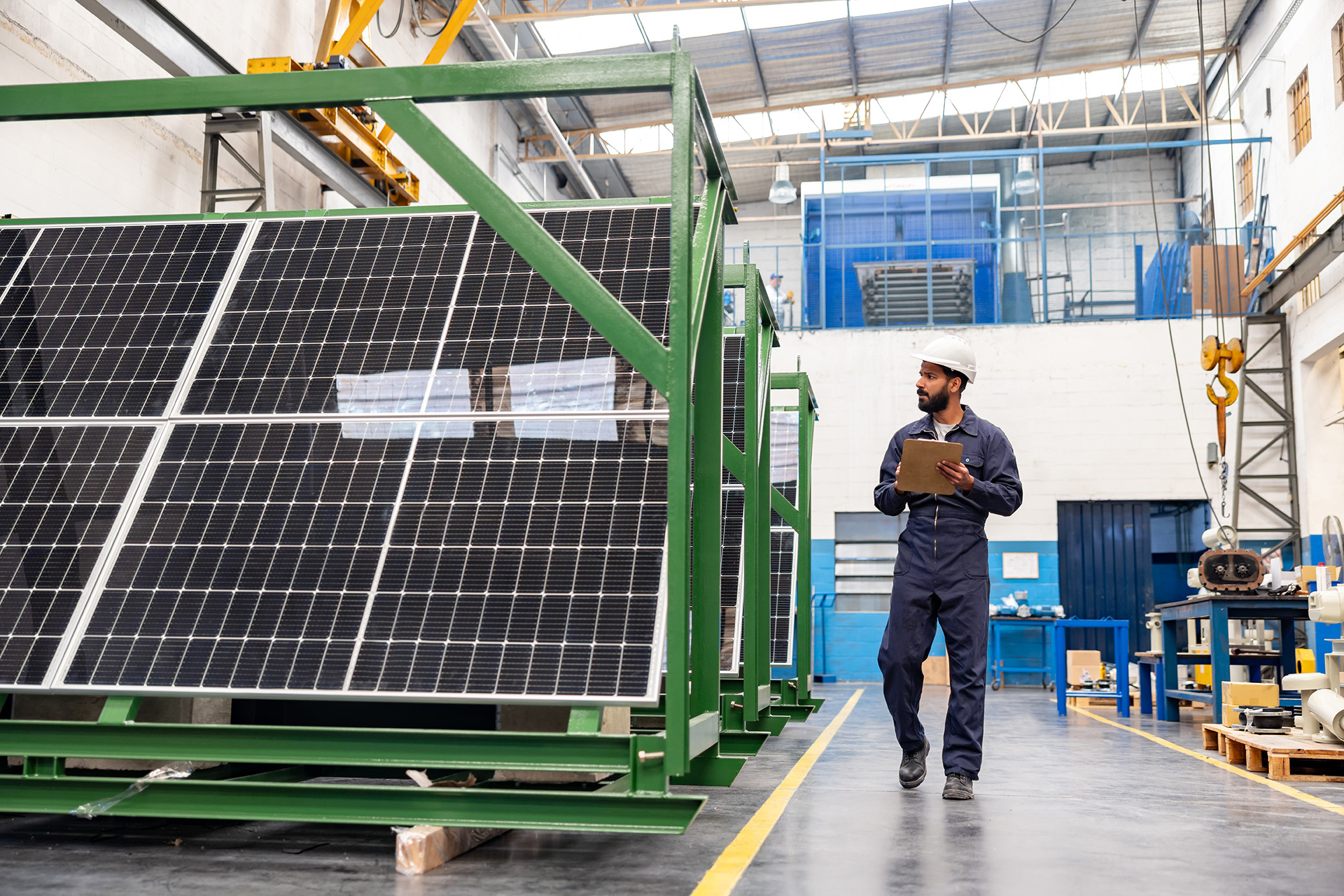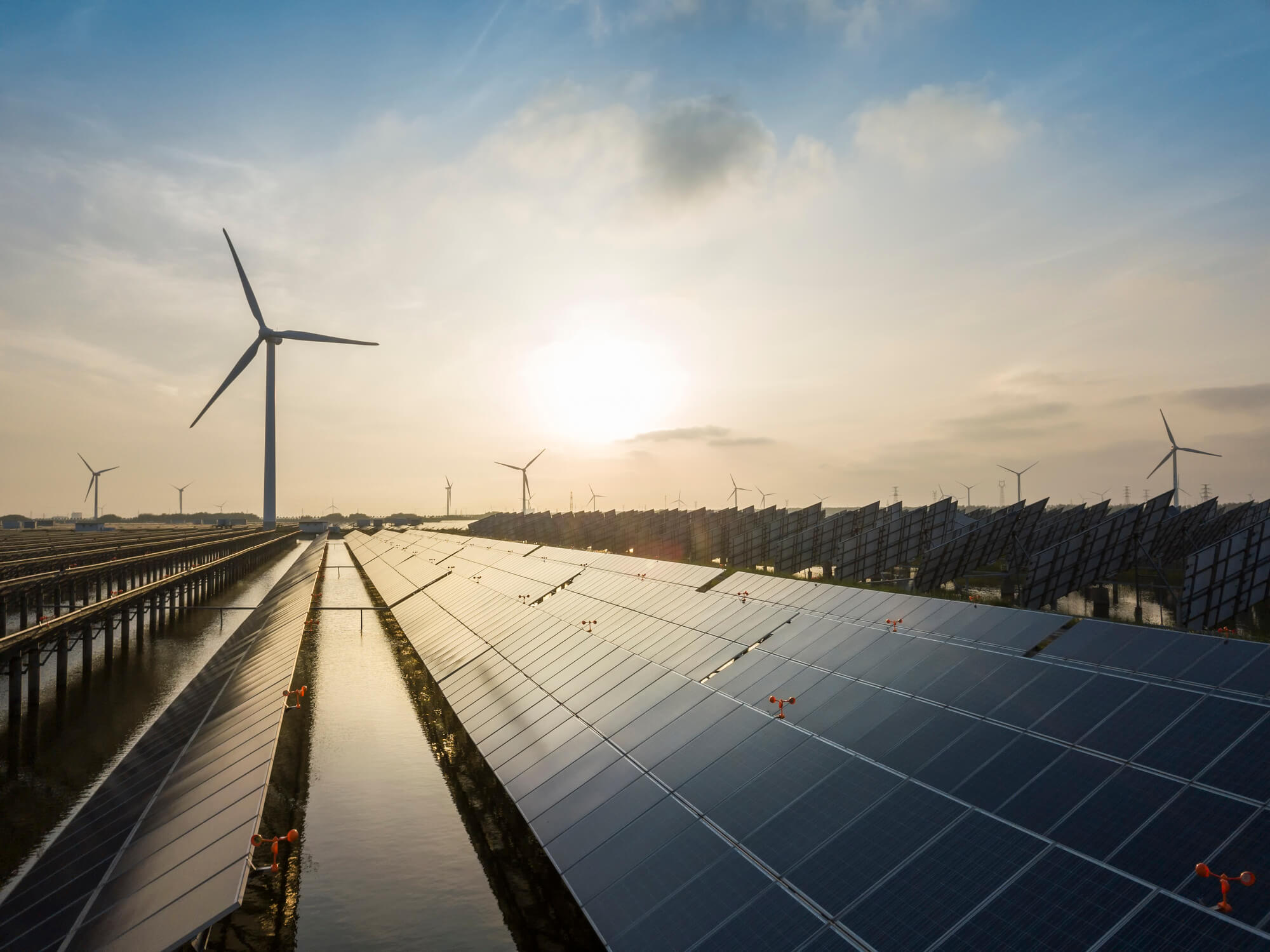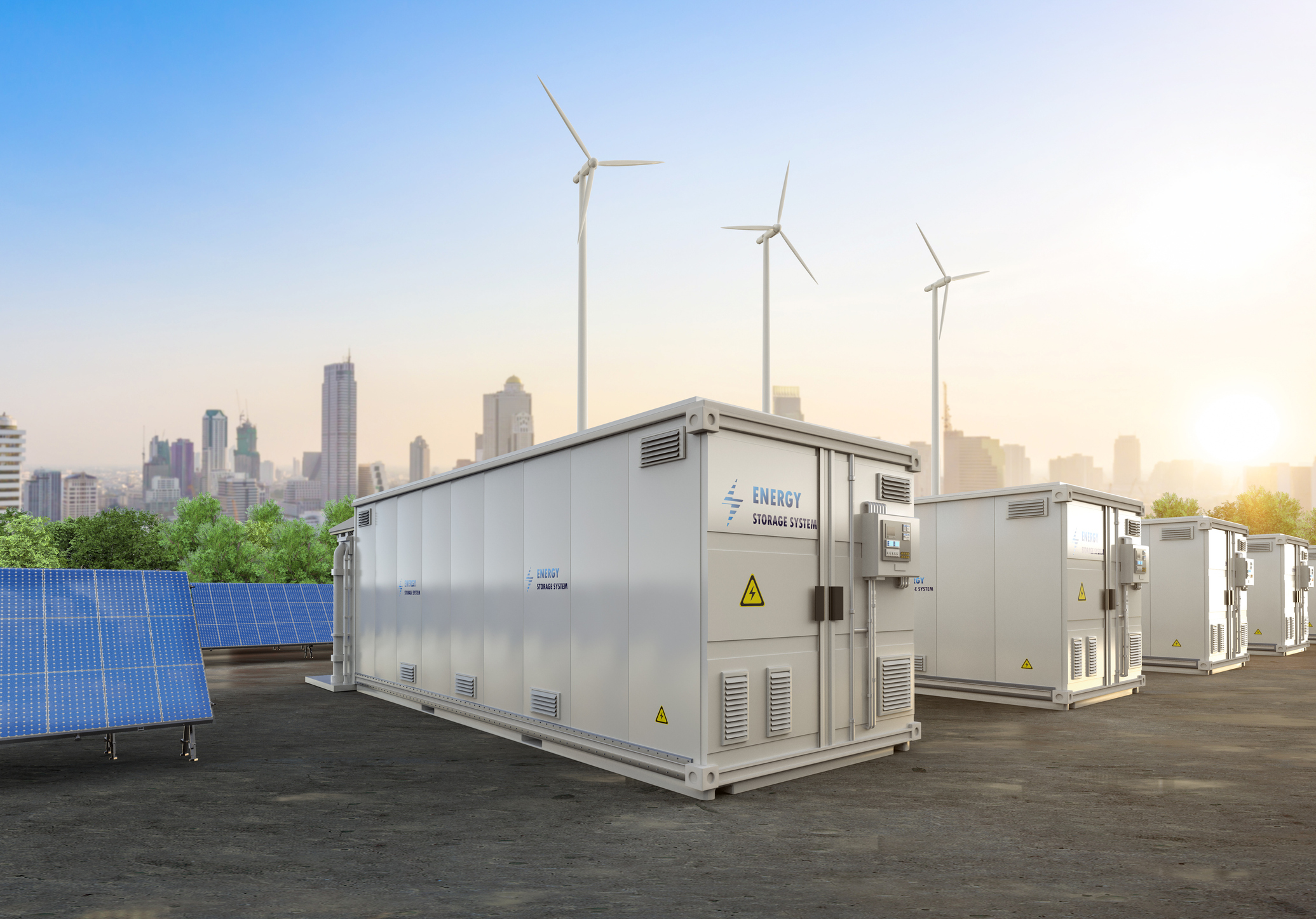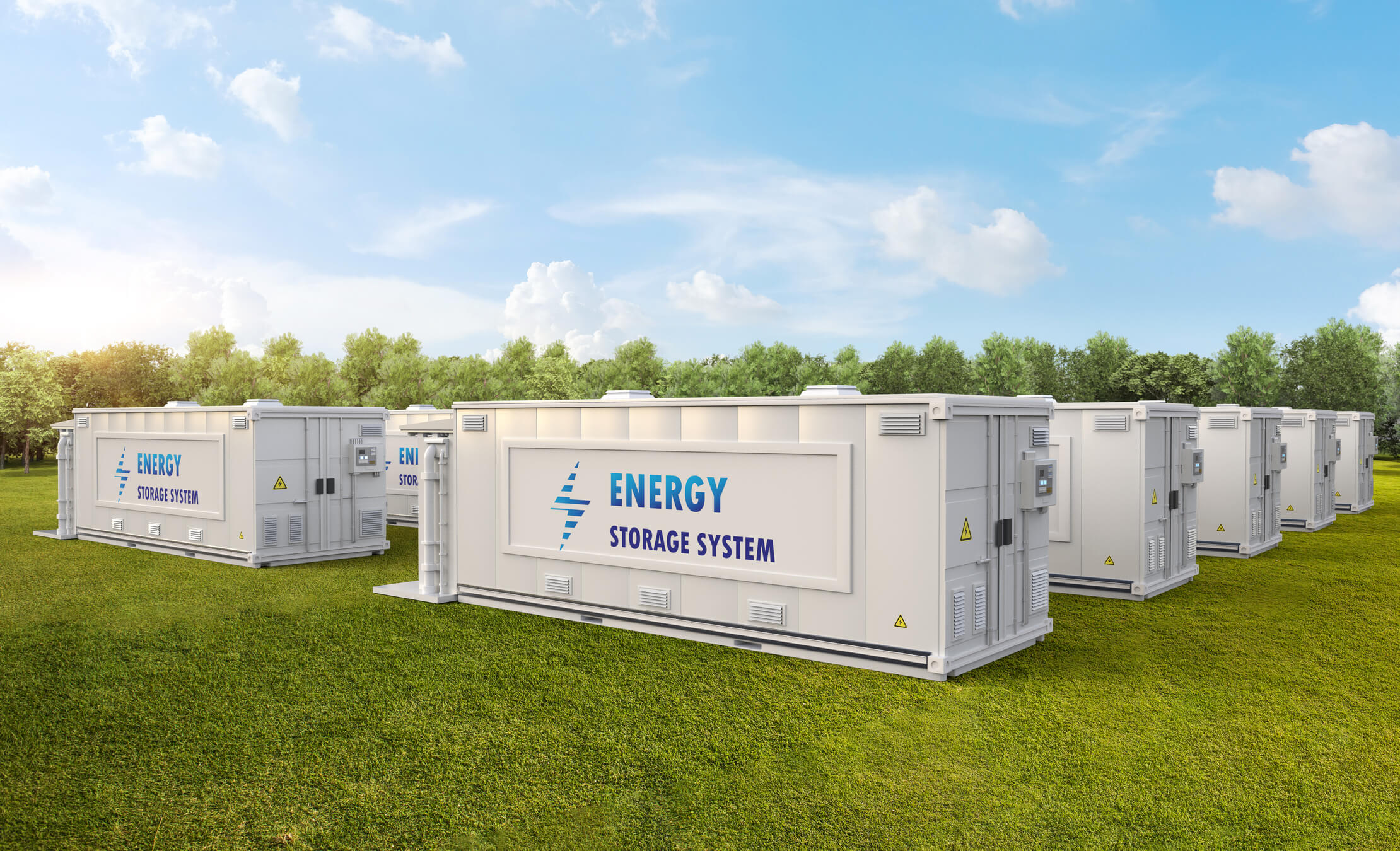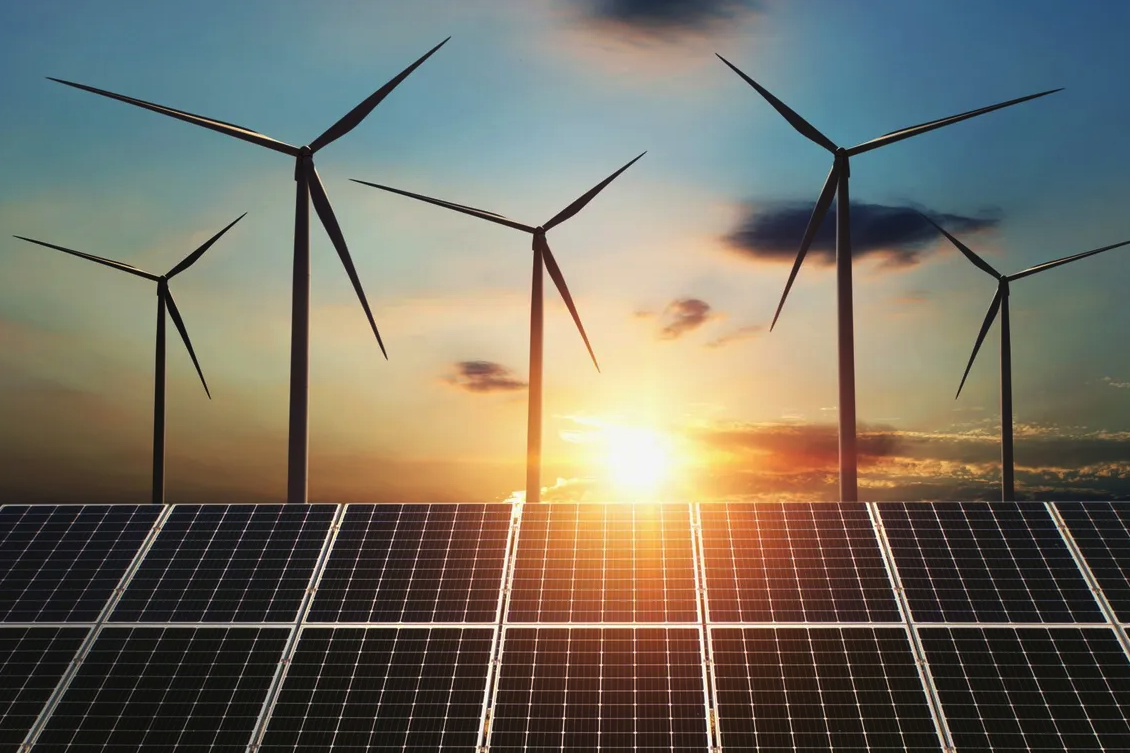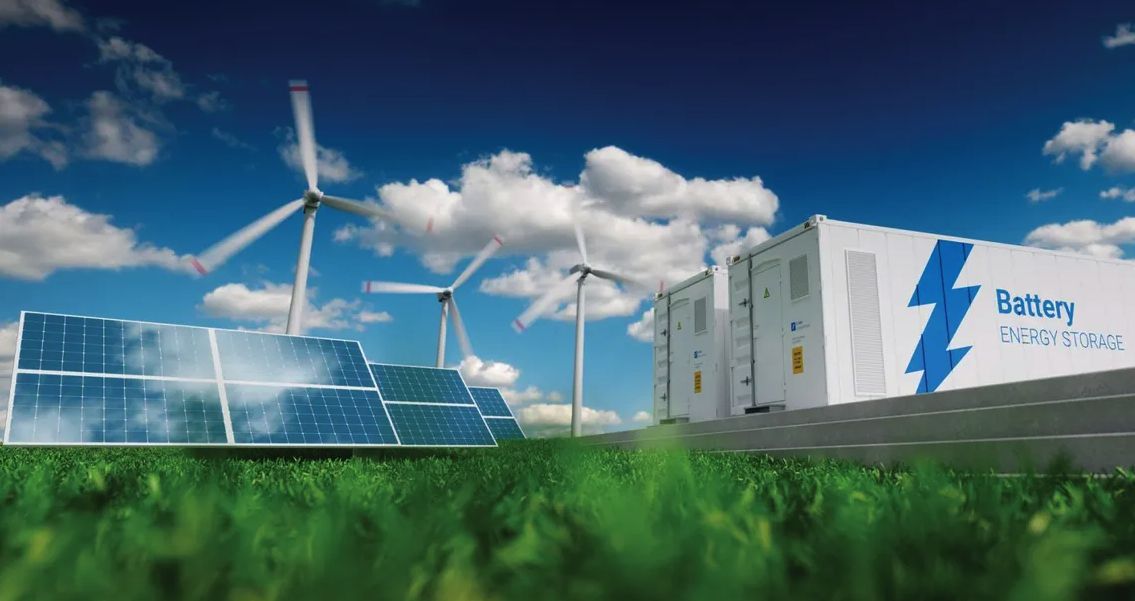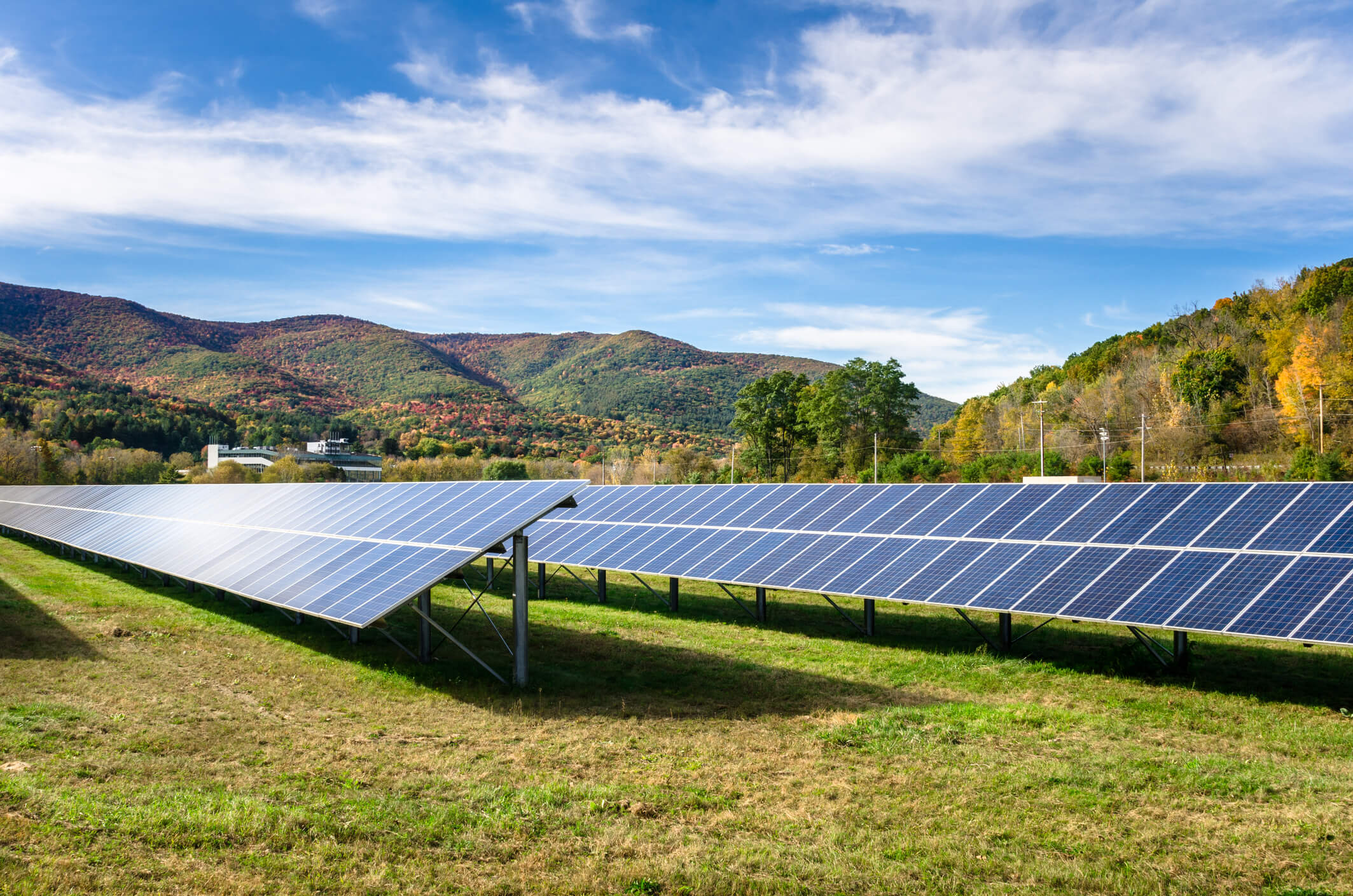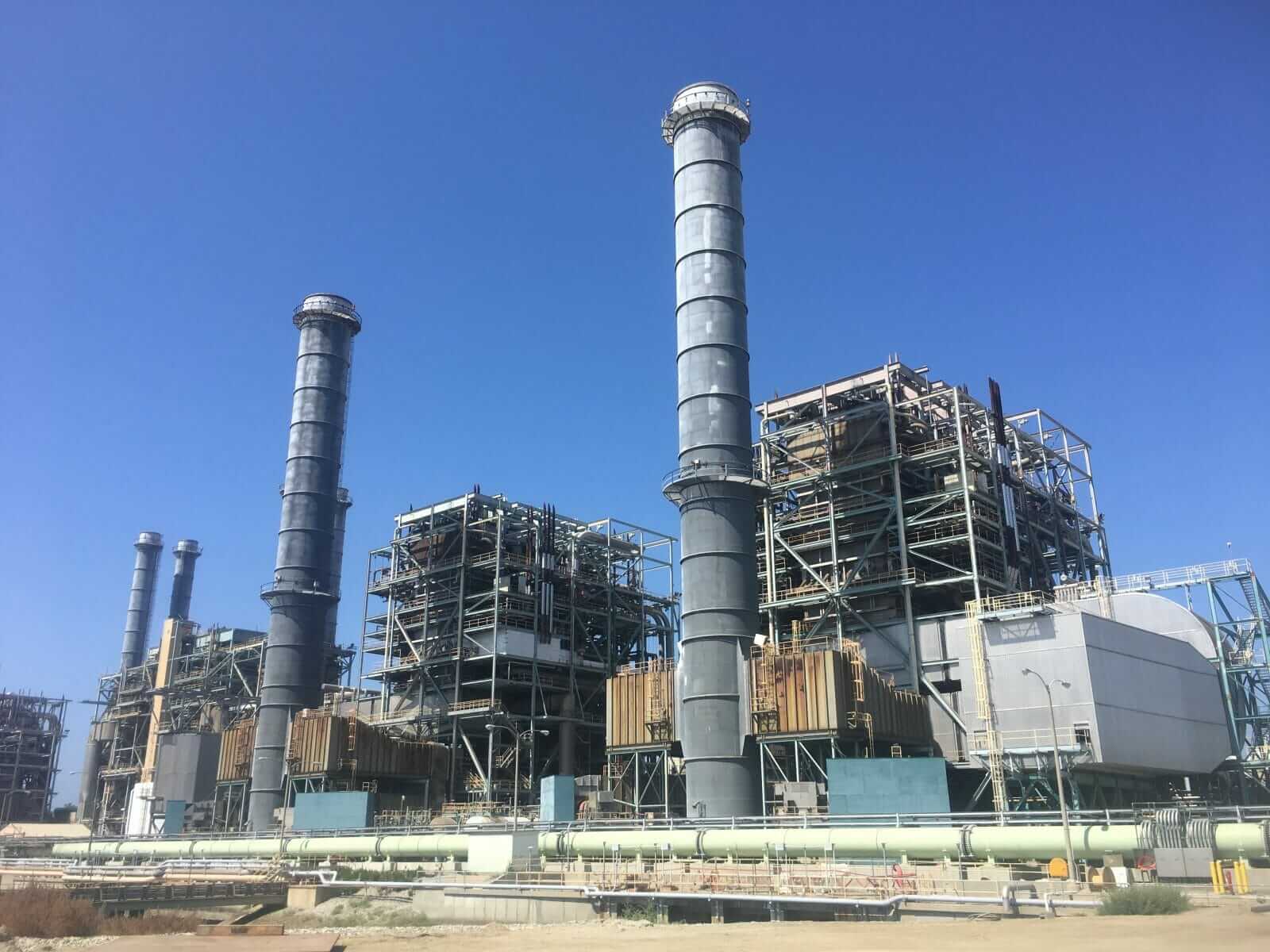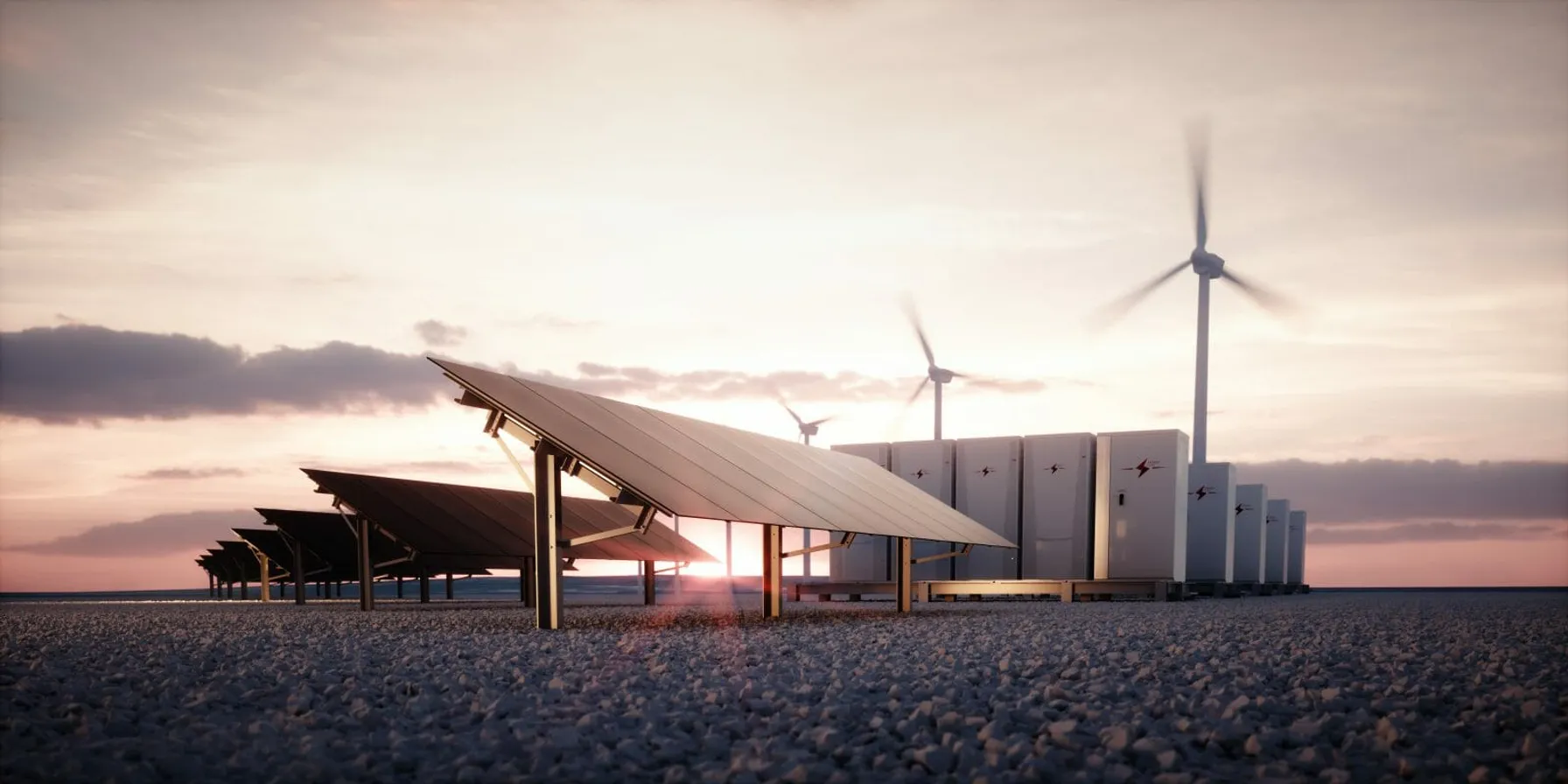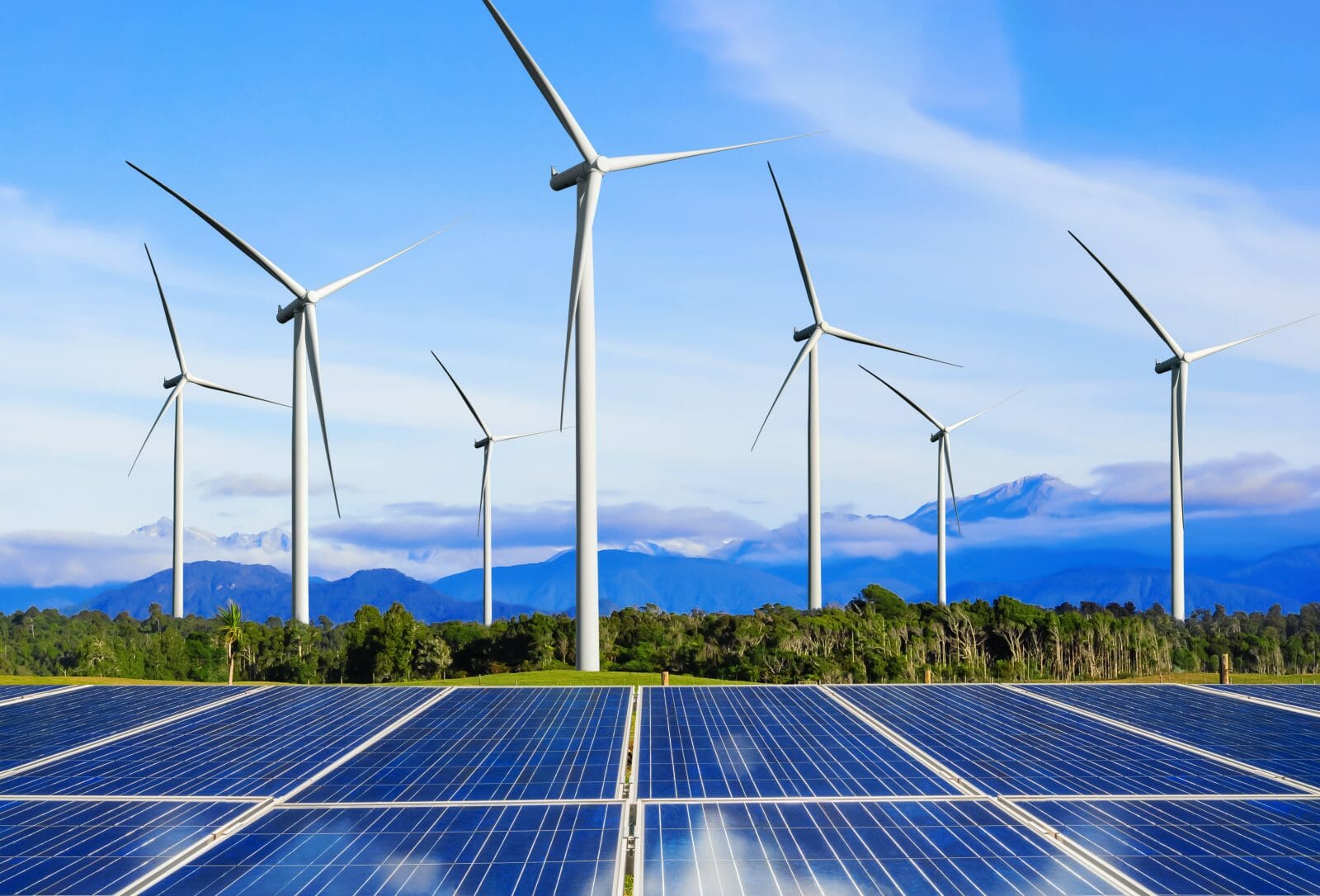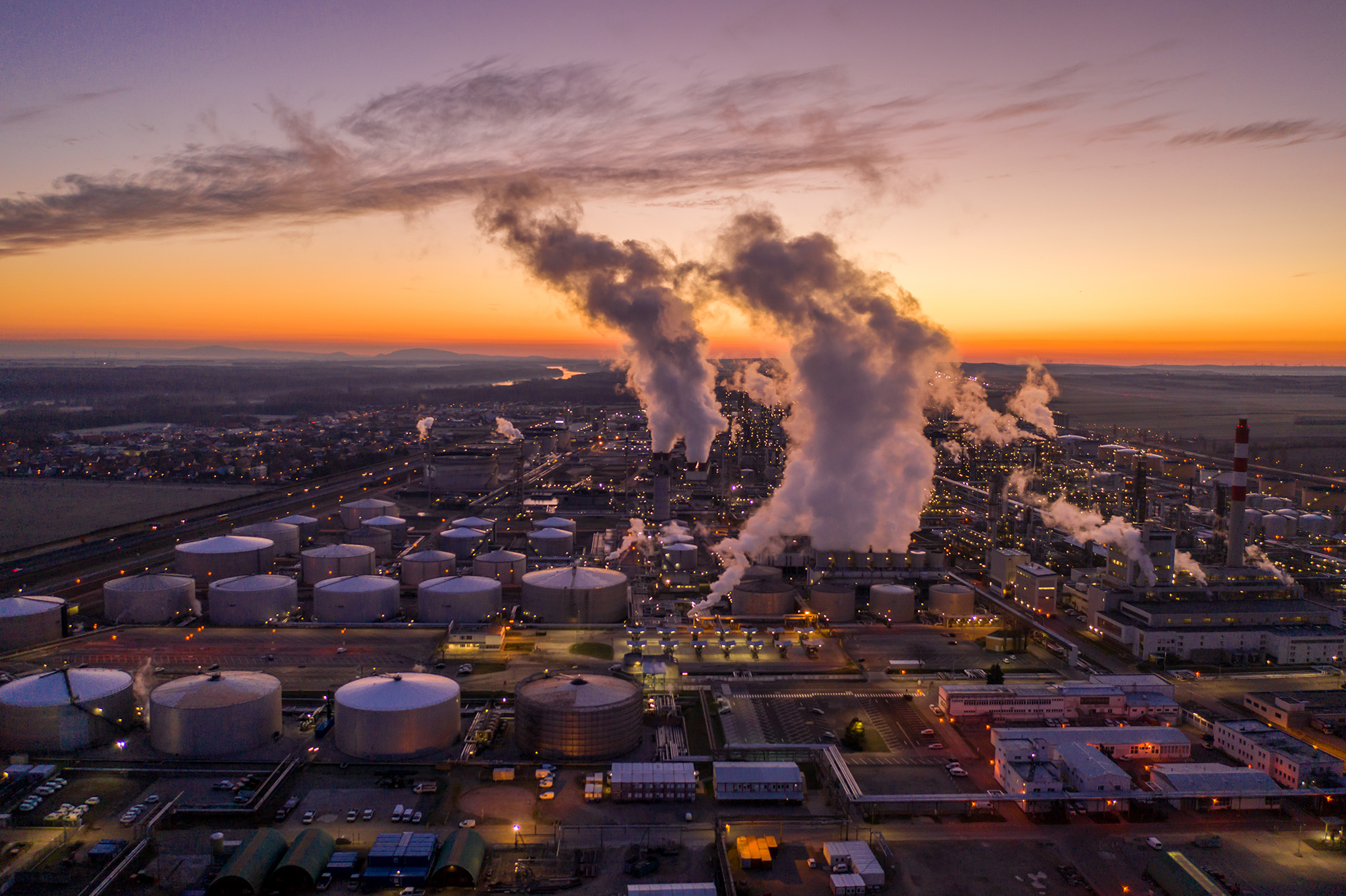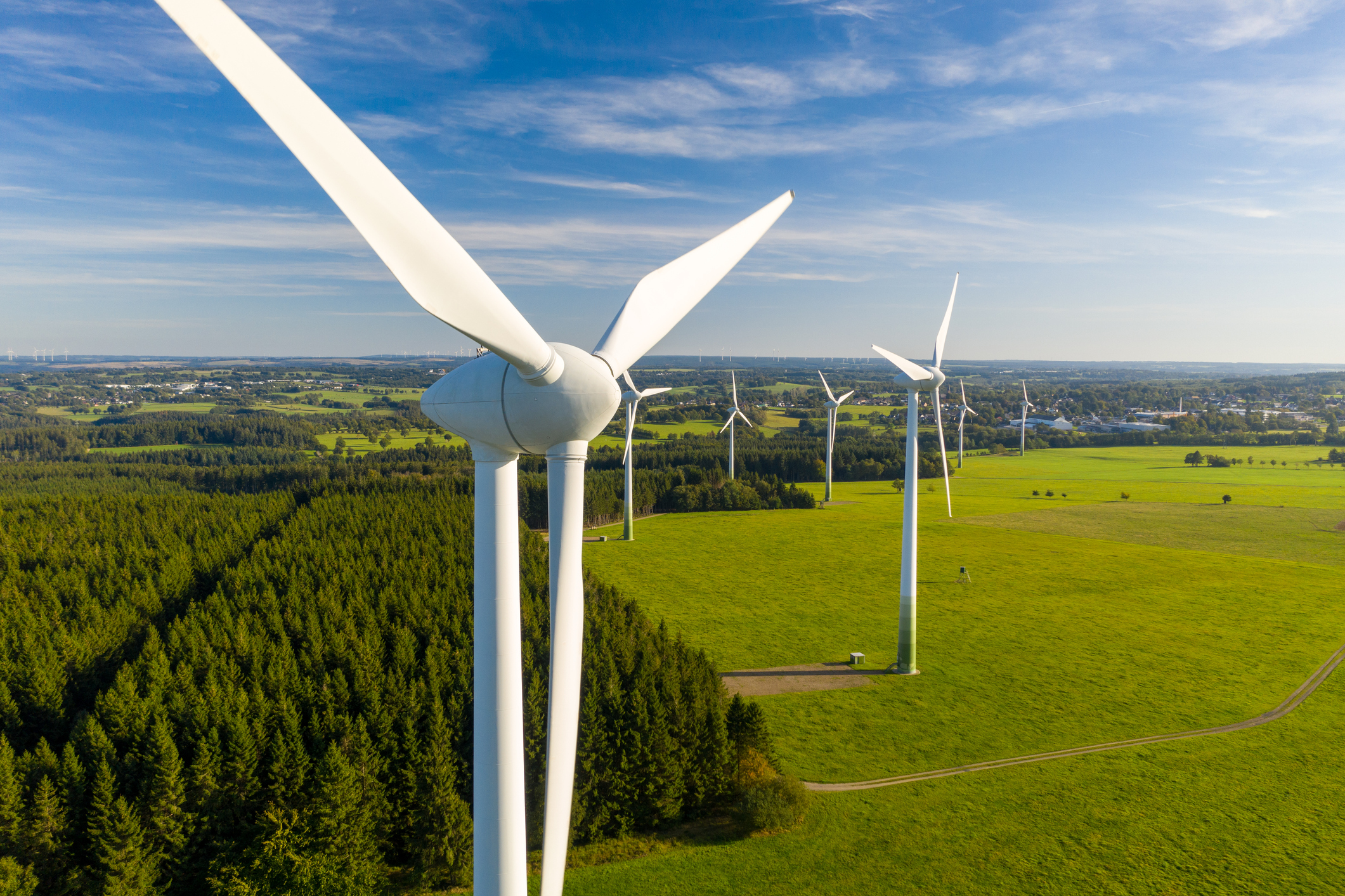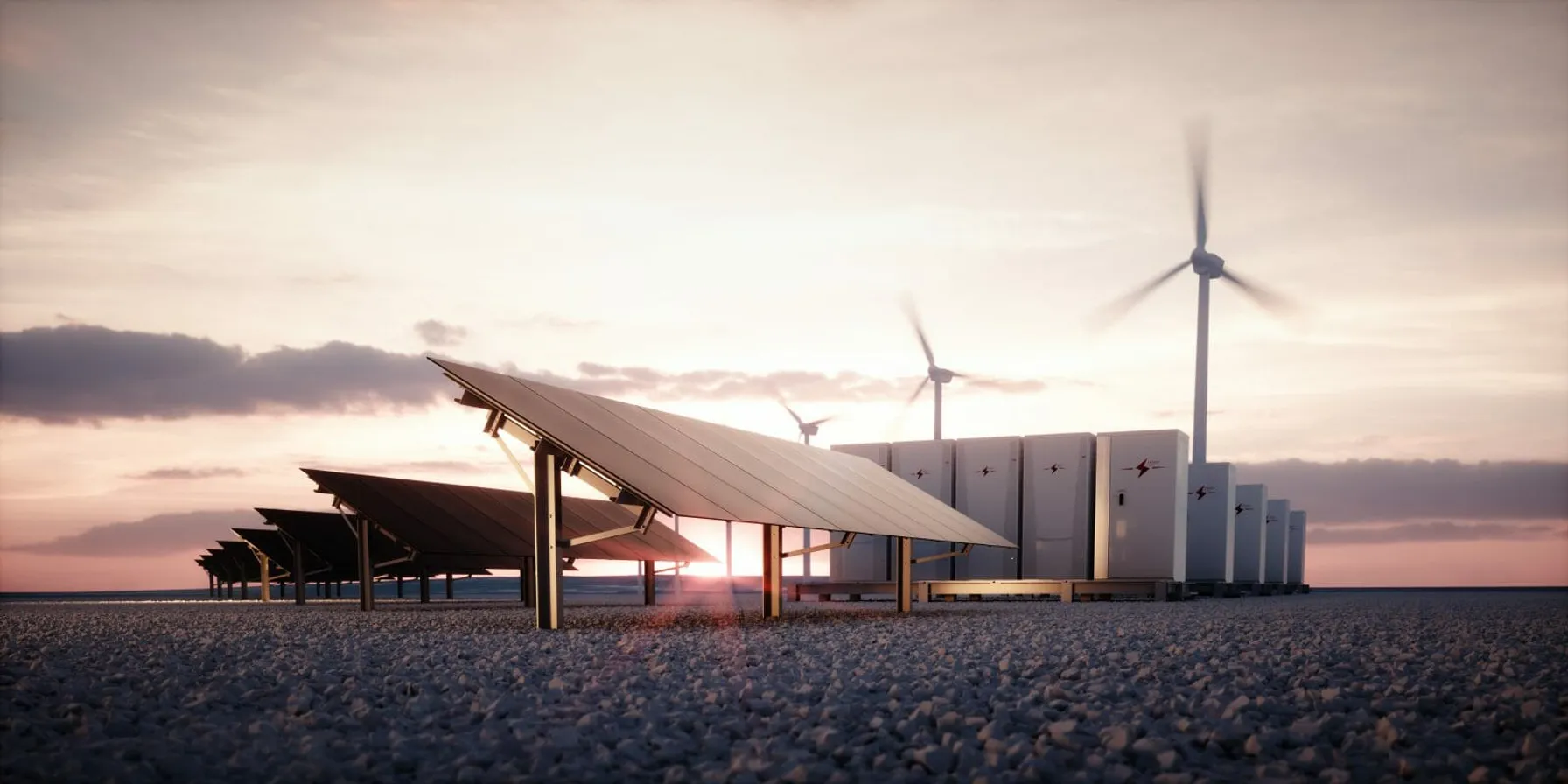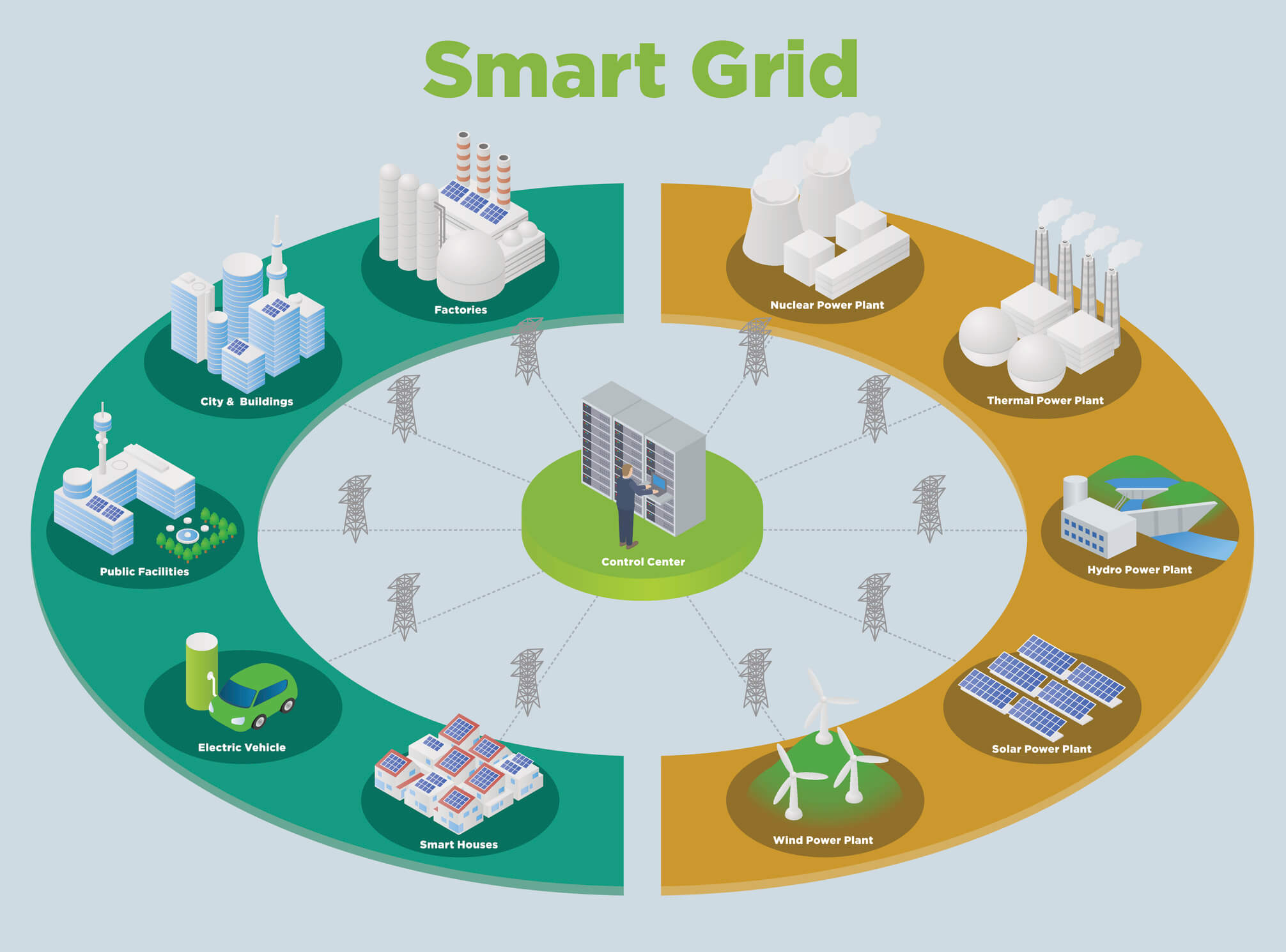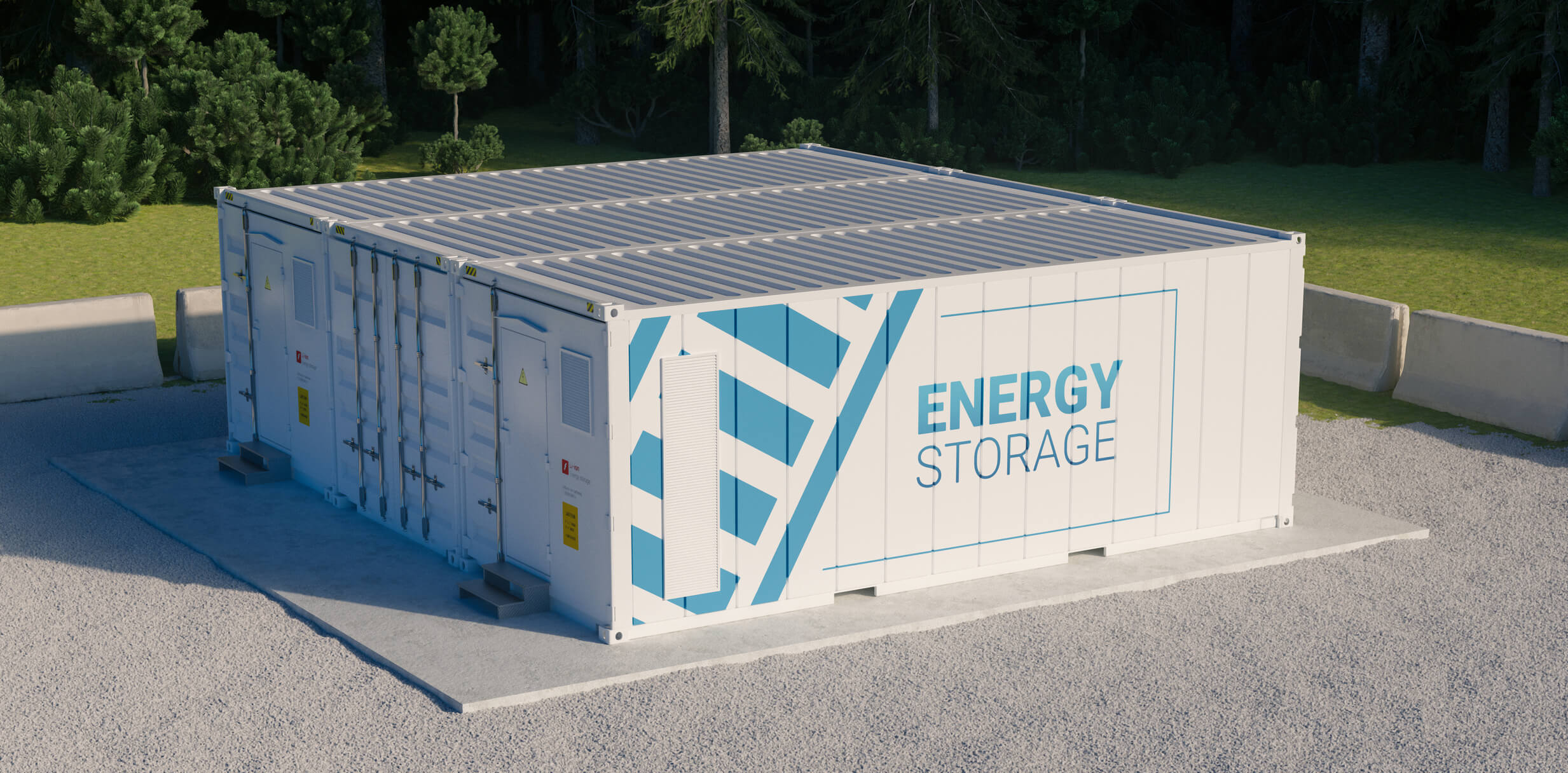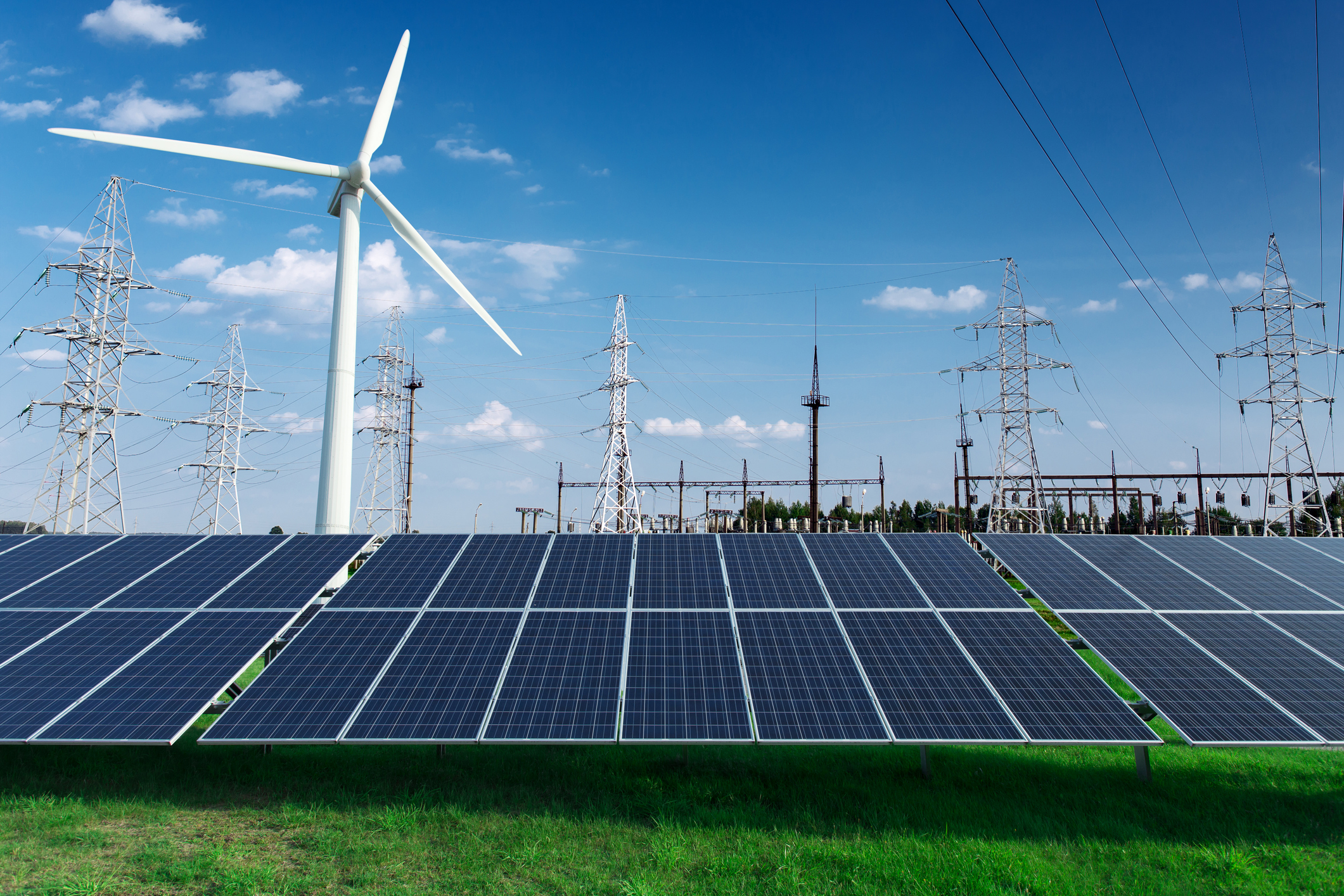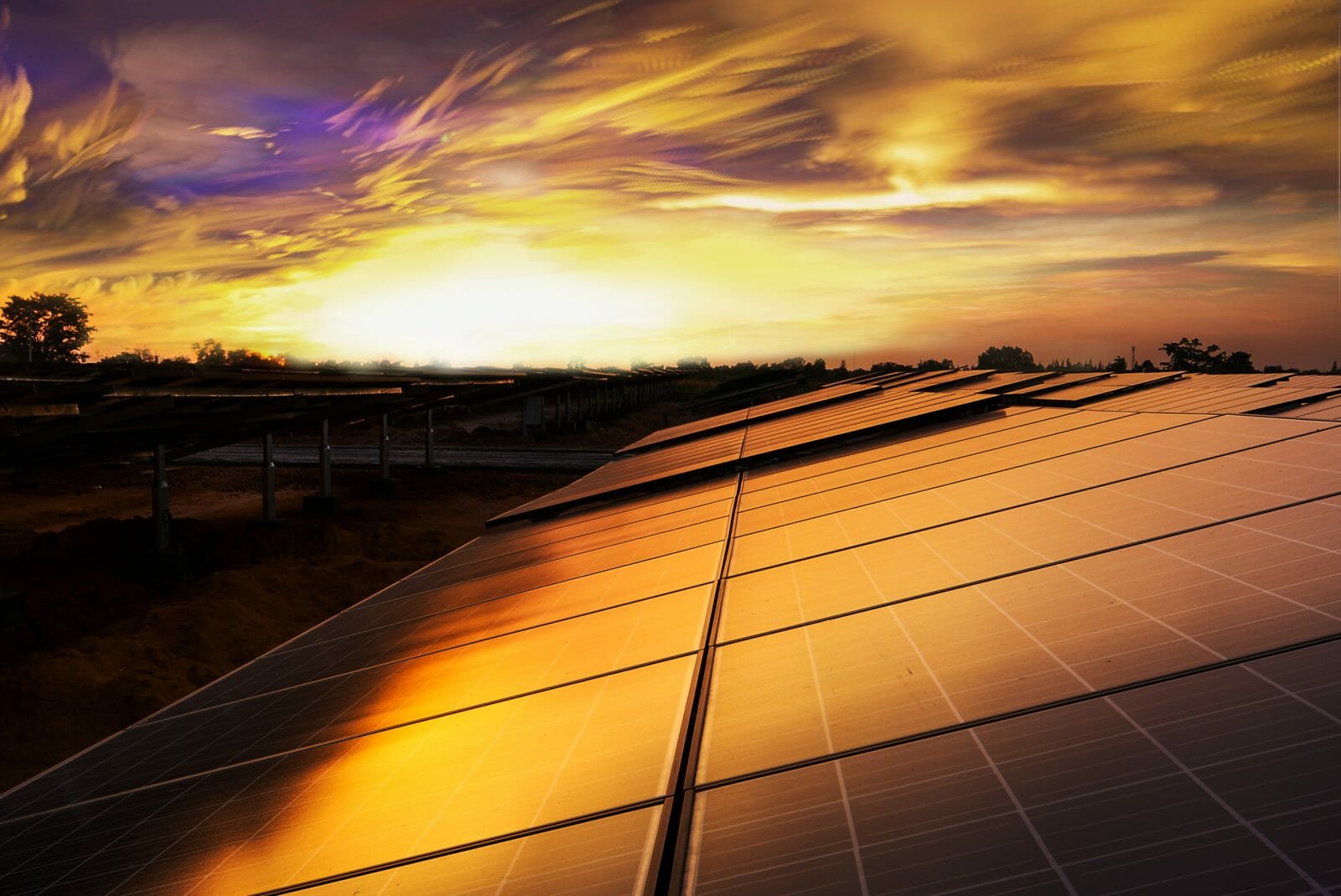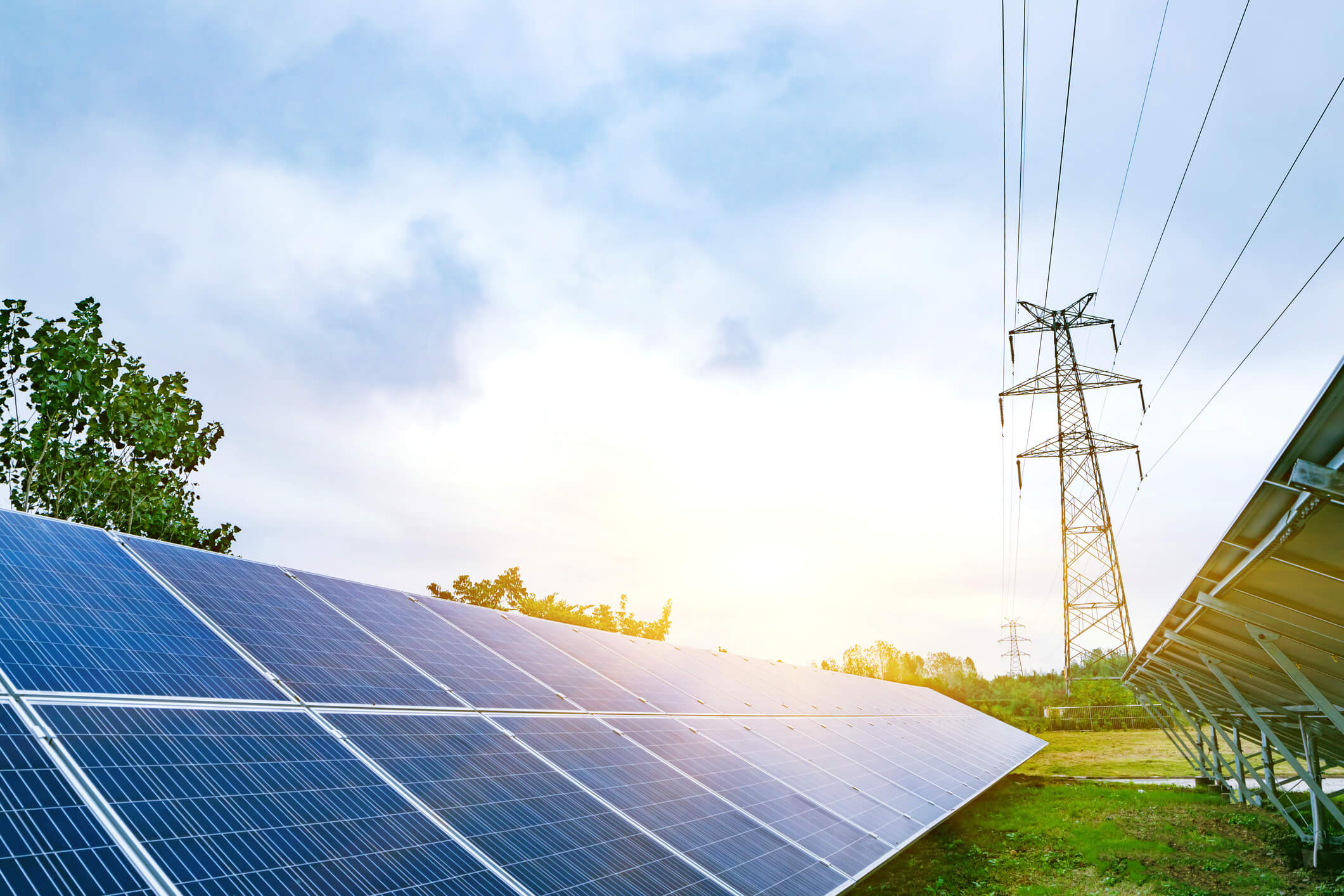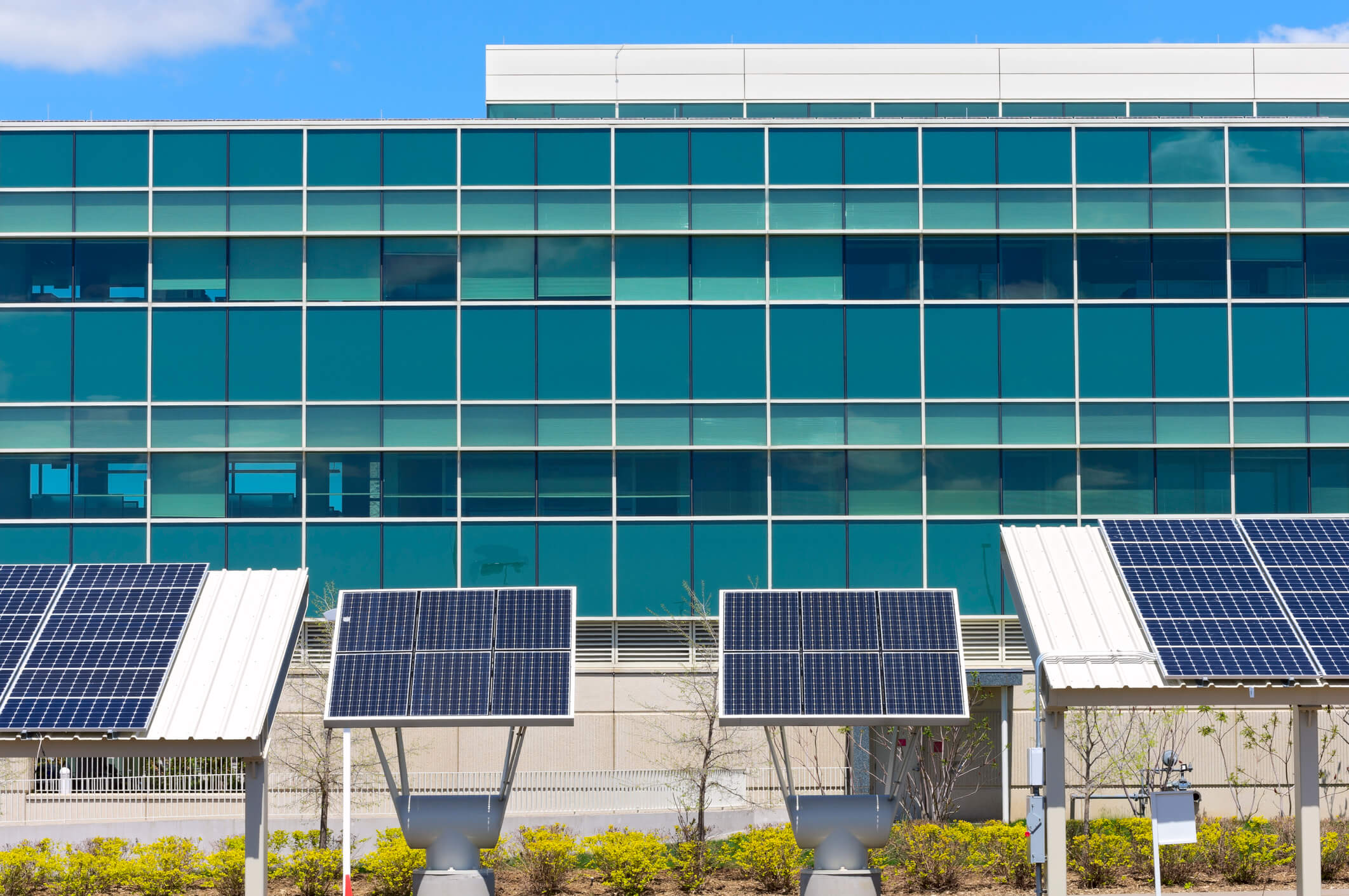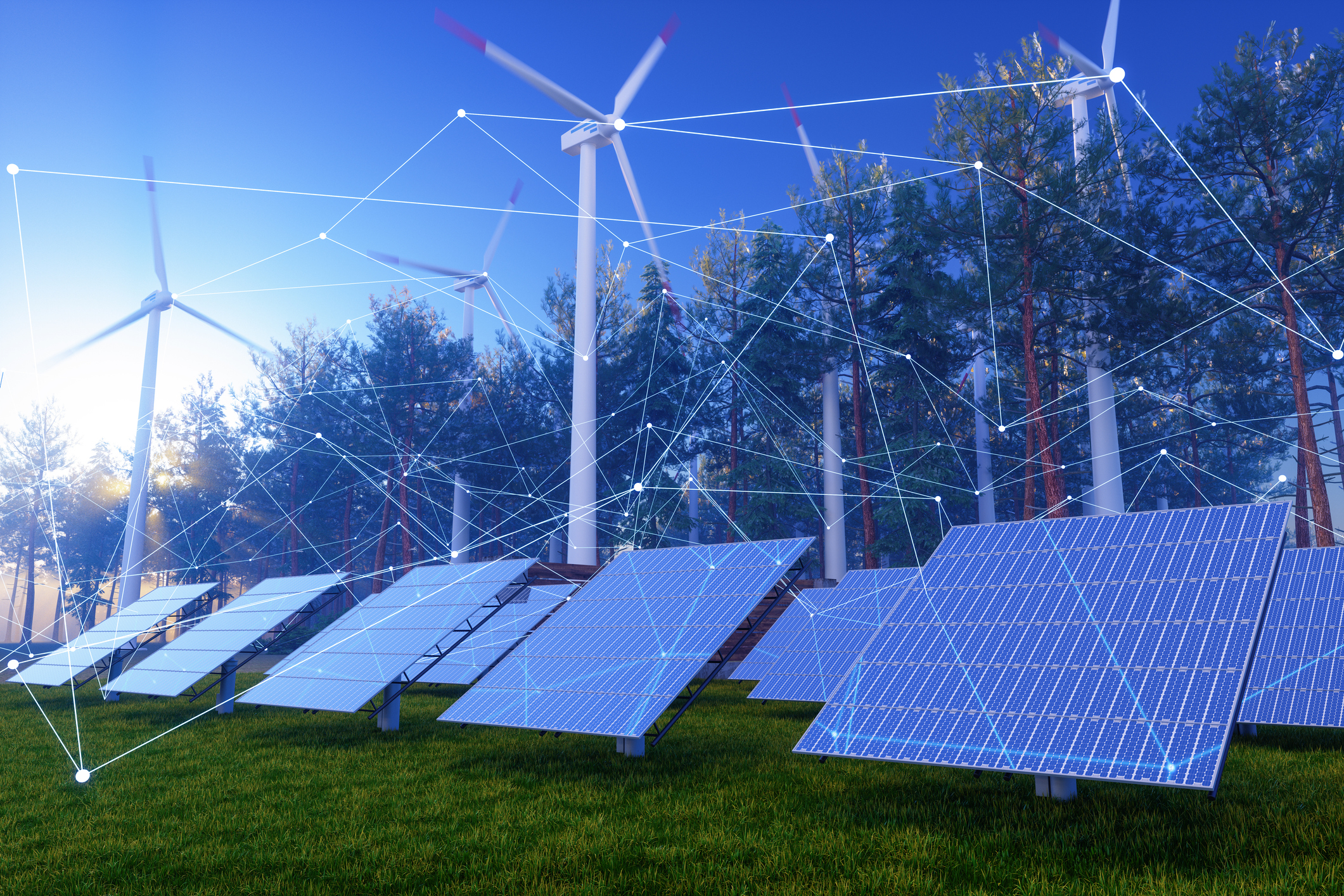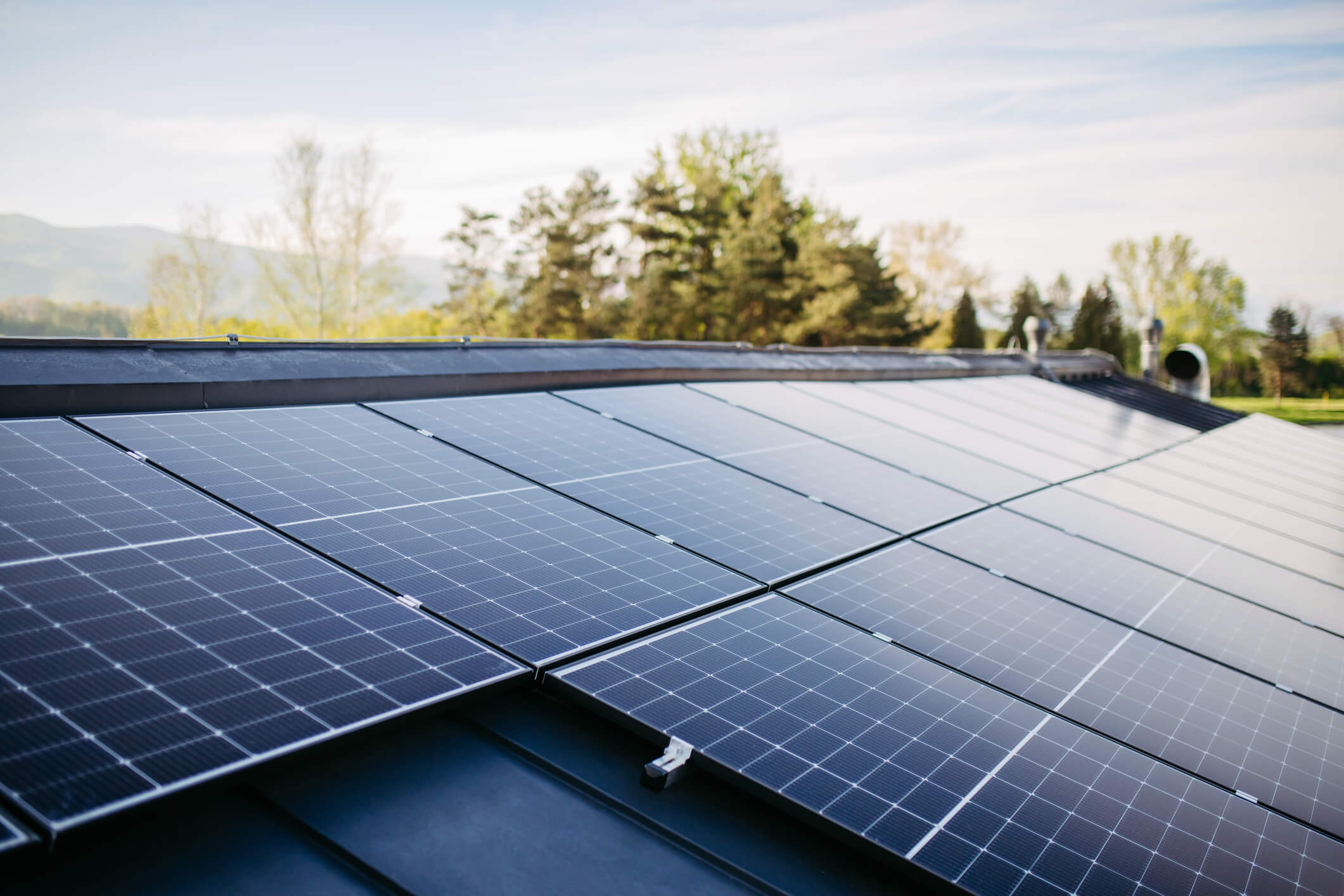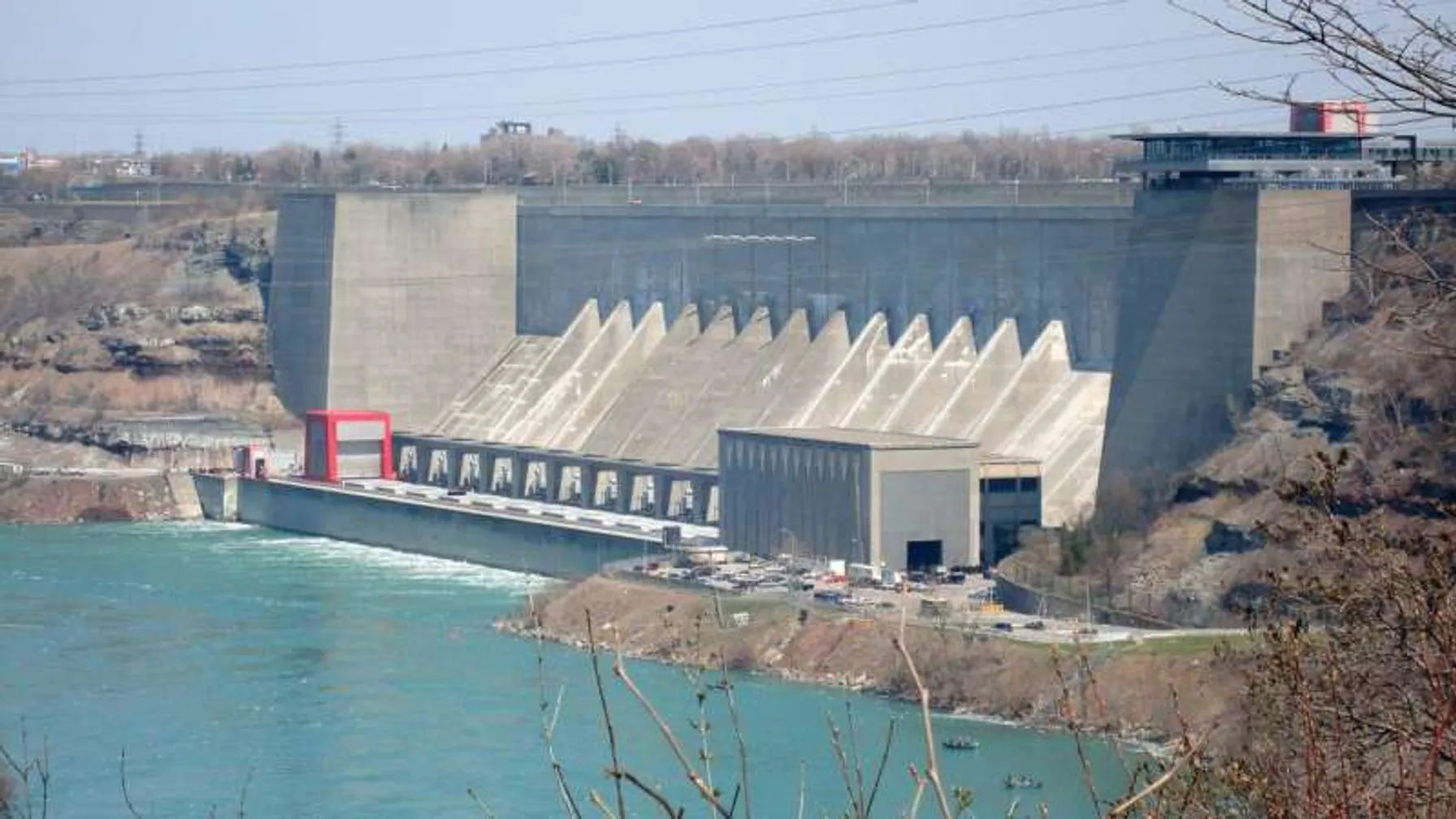Hydrogen is a Safe Bet for the Future
With the emergence of hydrogen as a viable energy carrier and feedstock, we are on the precipice of changing the game for a sustainable future. It is exciting to look forward to the next phase energy achievements and advances, with hydrogen as a safe bet to be a critical part of the mix.
“In my more than 30-year career supporting the development of renewable energy projects, I have not come across a resource that covers the breadth of applications and end uses that hydrogen does. There may be individual use cases and certain categories that fit better with wind or solar, but hydrogen will play a major role in hard-to-decarbonize industries. And as a commodity, it can help stabilize energy markets and keep prices reasonable.
I’m betting on hydrogen in part because it is a flexible and adaptable solution to the imperative of decarbonizing our world as rapidly as possible, but also because of the ongoing financial commitments of private investors the U.S. federal government and foreign governments. There is a clear recognition that hydrogen projects are the wave of the future. While public funding needs to accelerate and help more projects scale up quicky, the Department of Energy is invested in a Hydrogen Shot of sorts, pushing for innovative solutions on the scale of the Moon Shot or the Earth Shot.”
Doug Kilmer, P.G
Vice President of Renewables and Hydrogen
TRC is deeply engaged in the evolution of the hydrogen market – what it means for our collective future and how the industry will evolve to fill the current demand for decarbonization at scale. In addition to spending the last two years supporting the ARCH2 Clean Hydrogen Hub application effort in Appalachia – from initial project conception to full application submission – our experts are also currently supporting the science, engineering, and business planning of numerous ongoing hydrogen projects in various stages of development. Our work includes analyzing curtailed wind energy for use to create hydrogen and energy storage and hybrid projects involving substation, transmission and pipeline siting, routing, site safety, regulatory, and engineering, community benefits, workforce and environmental justice considerations.
While these projects can be complex and there is much we must still learn and discover, these early applications will help us determine how to use hydrogen most pragmatically and efficiently in the future. And although the industry will be working with hydrogen at an unprecedented scale, we can comfortably leverage knowledge, expertise and best practices from similar and well-established energy fields, including solar, wind and natural gas to make true progress toward a cleaner energy future.

